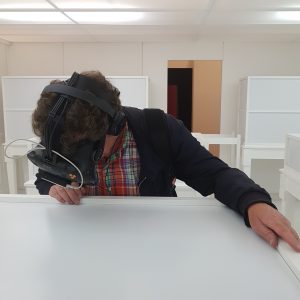Care
There are amazing human examples of care by families and health professionals across the world as people fight to survive the virus. It is increasingly difficult to comprehend the reality of the figures reflecting individual suffering.

Above is the current situation. The beginning of the graph is January 1st 2020 with covid at zero. Click the link and be shocked by the trajectory of this interactive graph.
Birmingham School of Art #printgang
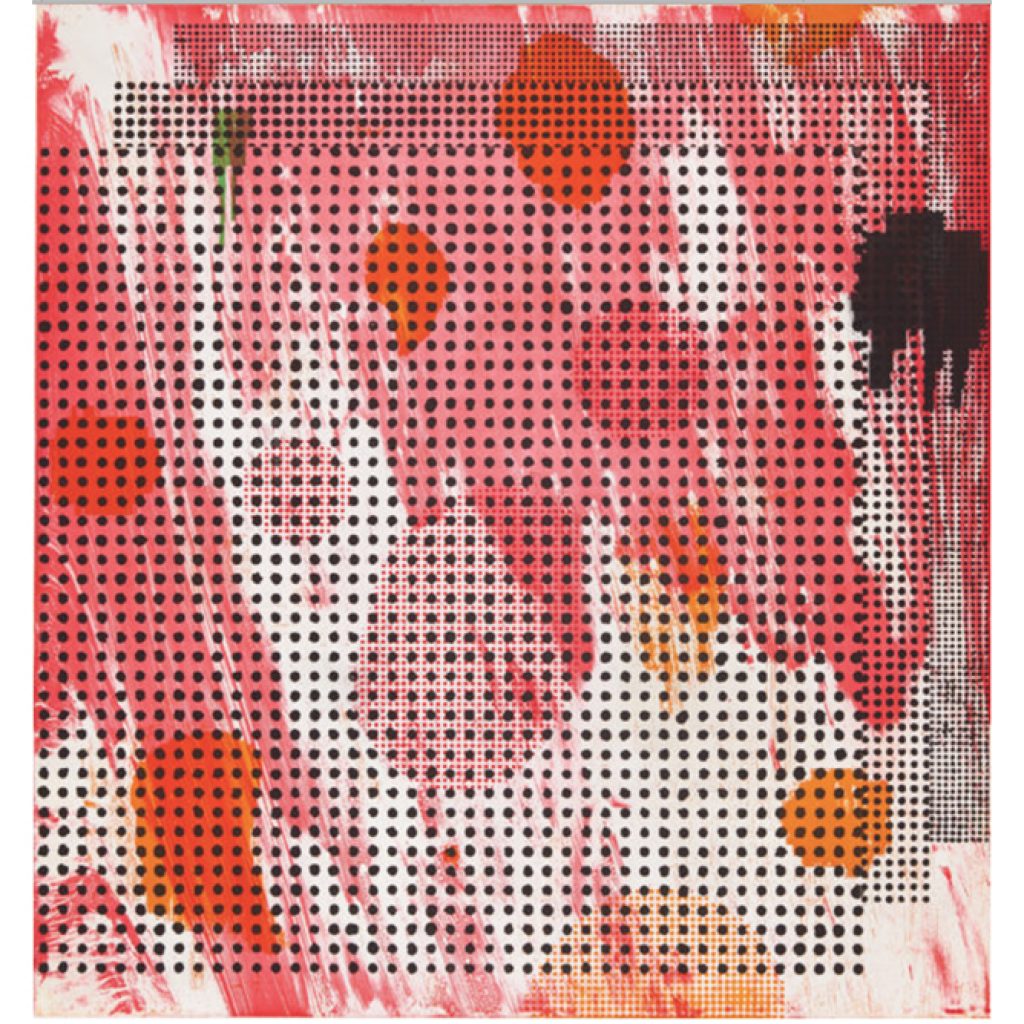
Color sugar lift and soap ground aquatints
45 × 42 in
114.3 × 106.7 cm
Edition of 25
I had an in depth conversation with Justin and Taiba about the Jaqueline Humphries’ print: ‘Red’ referenced in respect of her use of emoji figuration, pattern and abstract grounds. Justin had seen the print for real in a recent visit to Crownpoint Press, San Francisco where it had been made. He reported that it was an impressive work and its size, for an etched print, added to the impression.
We discussed the potential to silkscreen a mark resist drawing on to an aquatinted etching plate by printing with drawing fluid on the plate for it to be dissolved and let the acid bite. Like silkscreen parts of an image may be stopped out to protect from further inking, but in this process areas of the plate can be stopped out for deeper biting. I am not an etcher and am not wholly sure of the process, but it is worth thinking through and experimenting with when back in the Printroom. The concept of mixing silkscreen and etching is appealing.
Masking
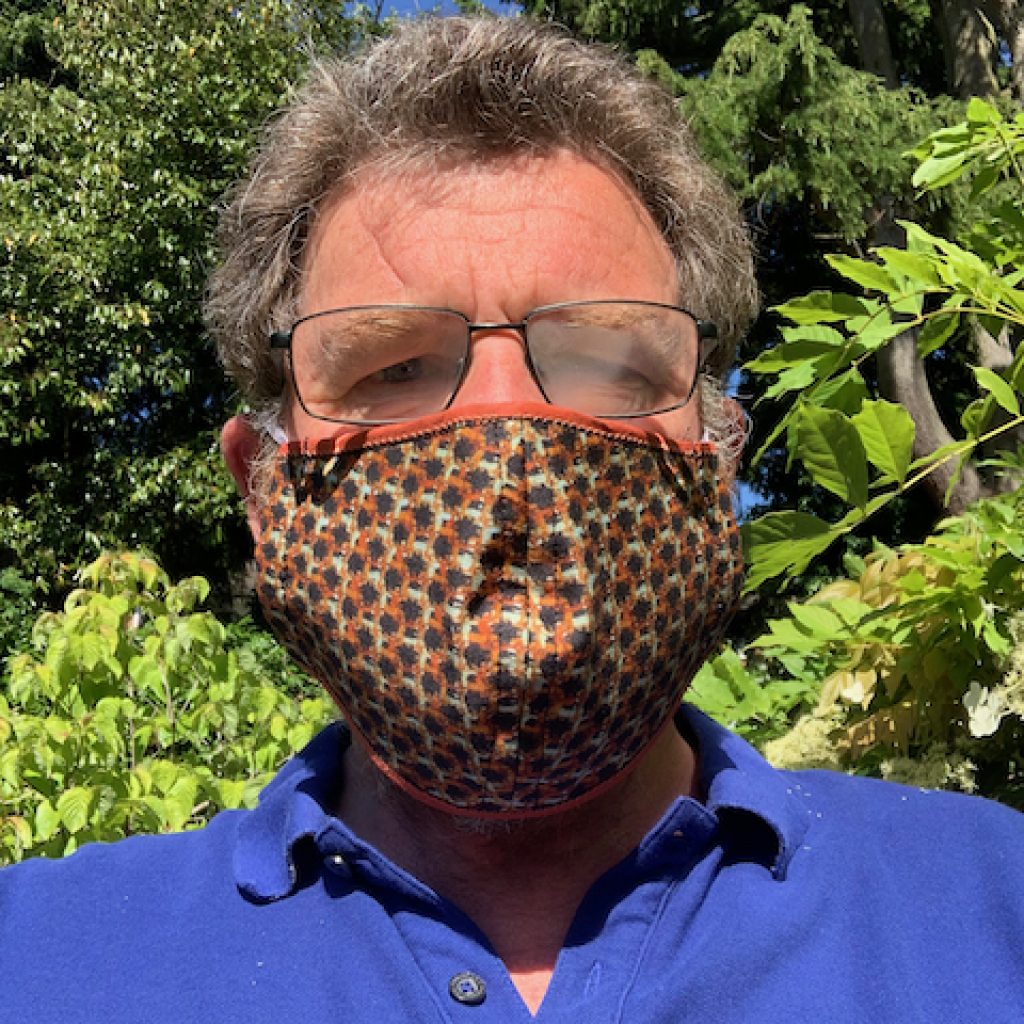
Meeting a friend in the street we participated in a socially distanced catch up conversation. Jayne is a top costume designer who has designed and made covid masks and kindly offered to make us one each. A few days later the doorbell rang and she and partner Dave had placed a jiffy bag with two masks in a socially distanced way on our letter box. Taking the opportunity to share some time we walked round our communal garden and showed them the neighbour’s developing veg garden and greenhouse reconstruction. We talked beetroot, bees, damsons and peacocks. As we went our separate ways Jayne said this was the best part of making and giving masks to friends: the talking and sharing. Nice!
LockDown LookOut
Lockdown Lookout No1 has been made. It awaits editioning as a digital print or the basis for a larger silkscreen print based on the layers that have come together in the making. Drawing No 2 has begun.
Looking out of another window a range of tree leaves and light are framed by the rectangular window section. Beyond the sunlit highlights I am drawn into the undergrowth on the ipad’s electronic surface feeling my way through the branches, leaves and shadows. The digital magnification function allows one to see further into the detail and the drawing of its, before reducing the view back down to observe the drawing in context of the whole. The first layer has been drawn in 7 days, not 7 weeks. Probably because a format/concept for a series has been established and one can progress with confidence, while aware that a second drawing may not be as satisfying as the first.
On day 4 I was drawing late evening and a tv documentary following 90’s comedian Tony Slattery as he tried to find solutions to his continuing mental health concerns came on. At 60 years old it was an emotional roller coaster ride for him and his partner Mark as he faced psychiatrists, alcohol consultants and past childhood demons. The next day when I returned to draw from where I had left off, I began to be aware of not only the memory of the drawing approach I had taken, but also memories of what was going on in the Tv programme. An image of Tony Slattery battling through against the odds appeared as a type of mental trace. It seemed to be initiated by returning to the same focussed drawing modus operandi that I was pursuing on the iPad screen, while in front of the Tv Screen 12 hours before. The two aligned in a manner not anticipated.
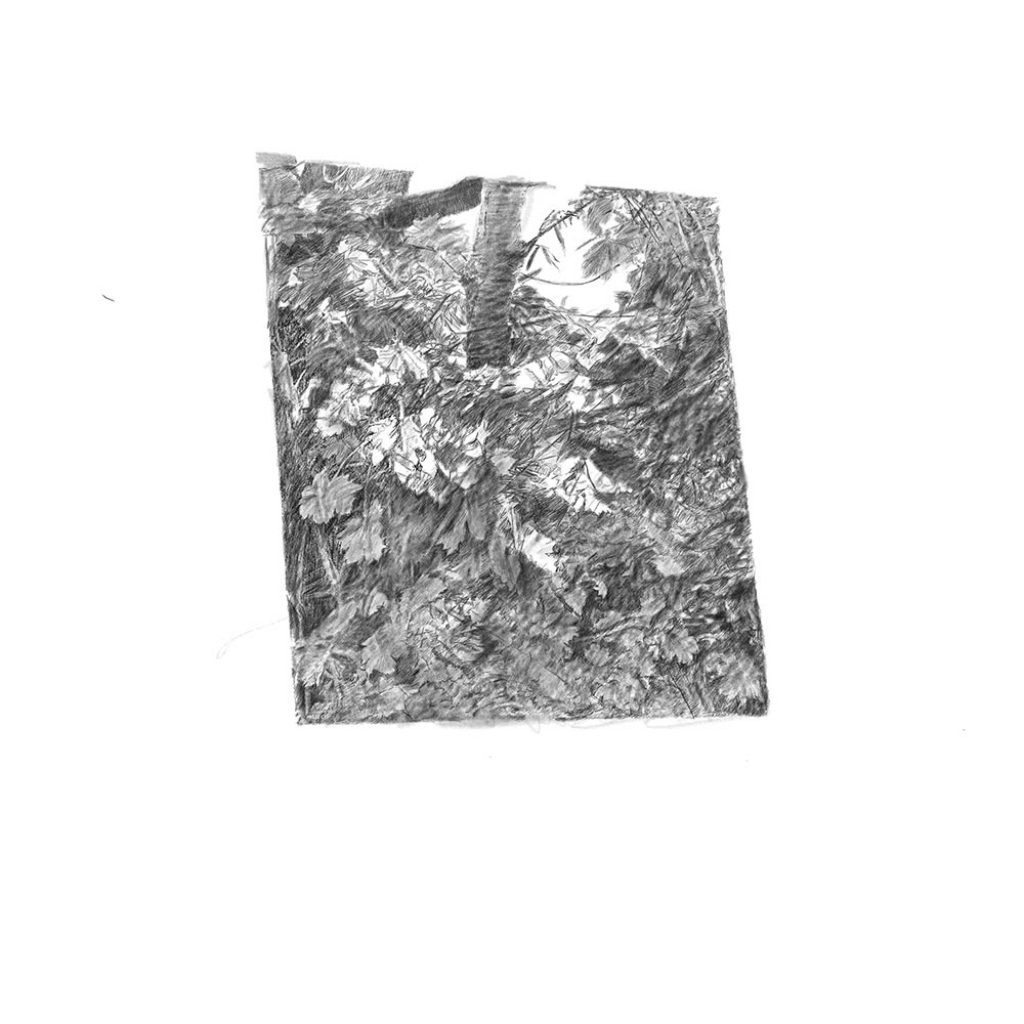
#Blacklivesmatter
At the end of this week 10 Lockdown is met with terrible trauma in the murder of George Floyd. The reality of vicious racism has been brought to the global stage and protest by all of us is demanded. The disproportionate burden felt by people of colour in the care, employment and justice systems must be recognised and addressed in this pandemic moment of change for the future.
Birmingham Museum acknowledged this need as has artist Mohammed Ali.
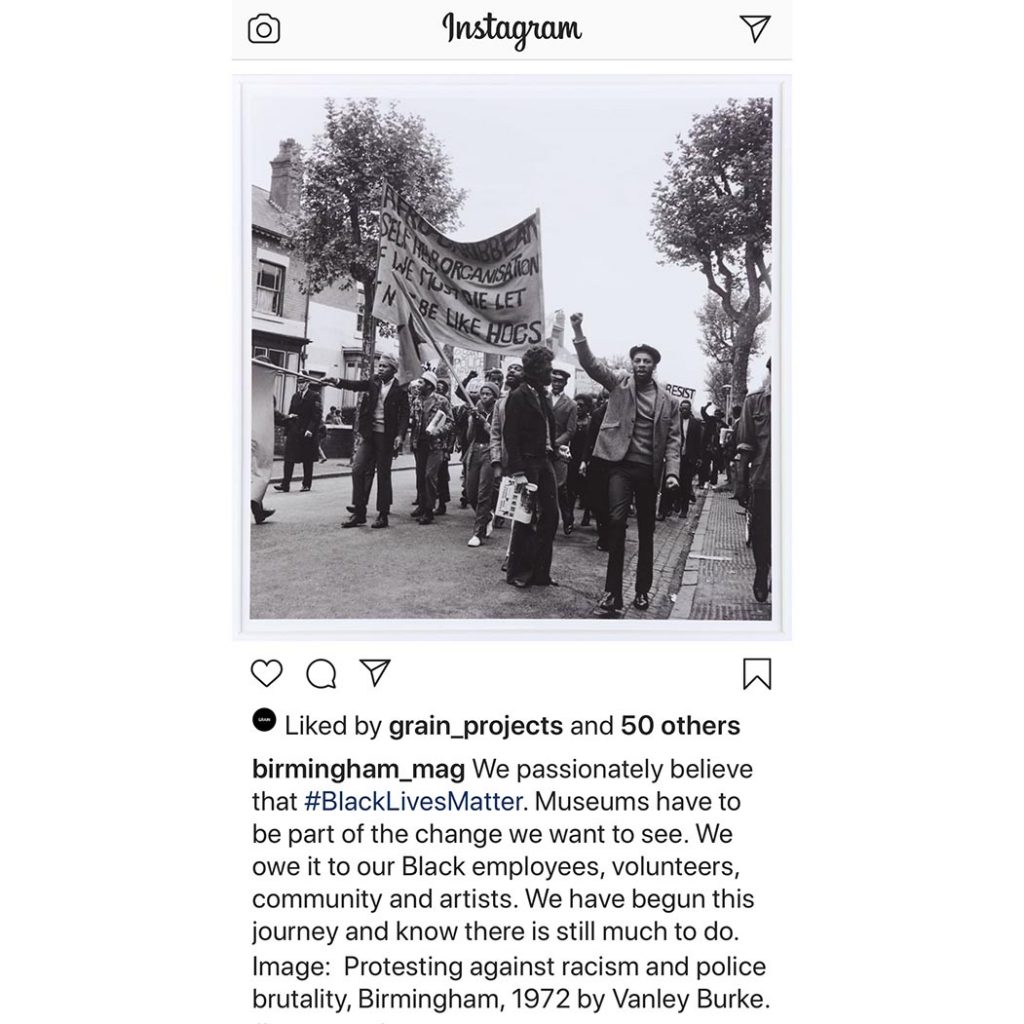
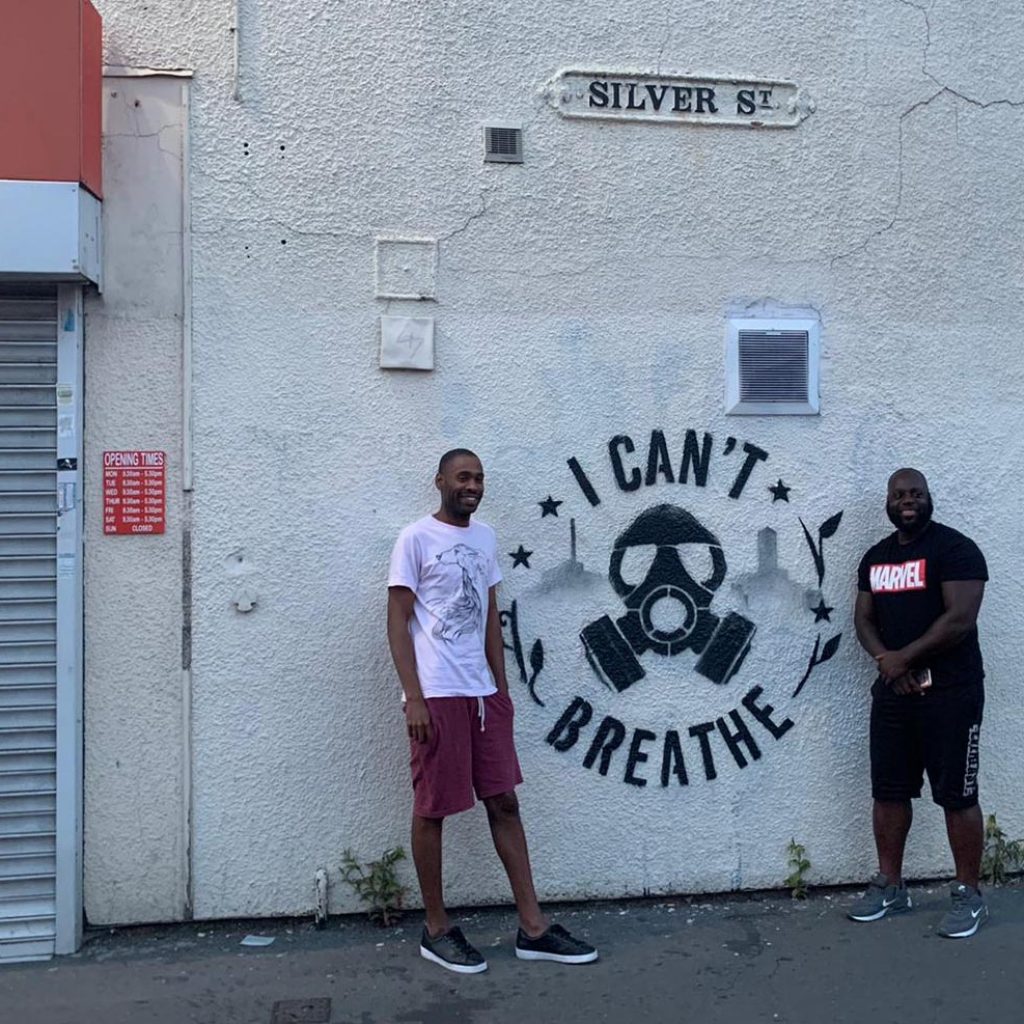
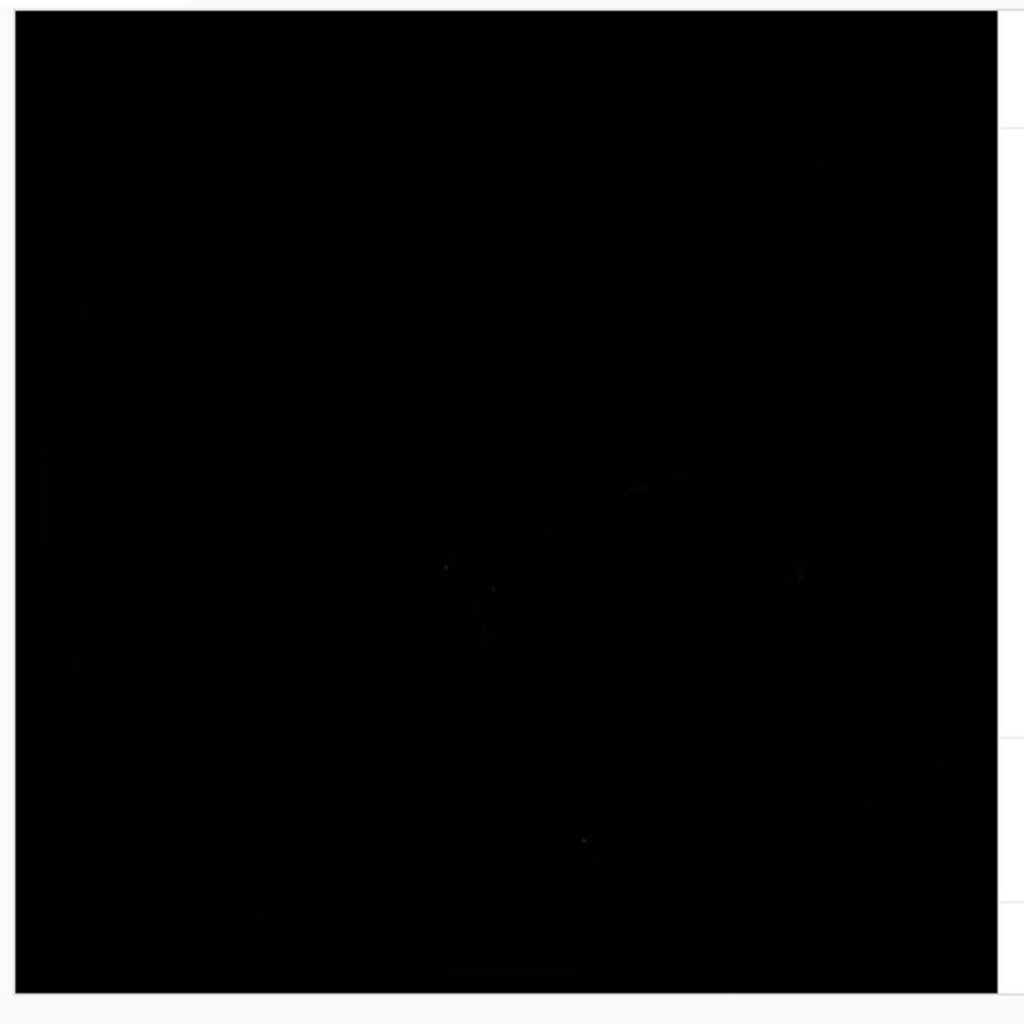
Thats it



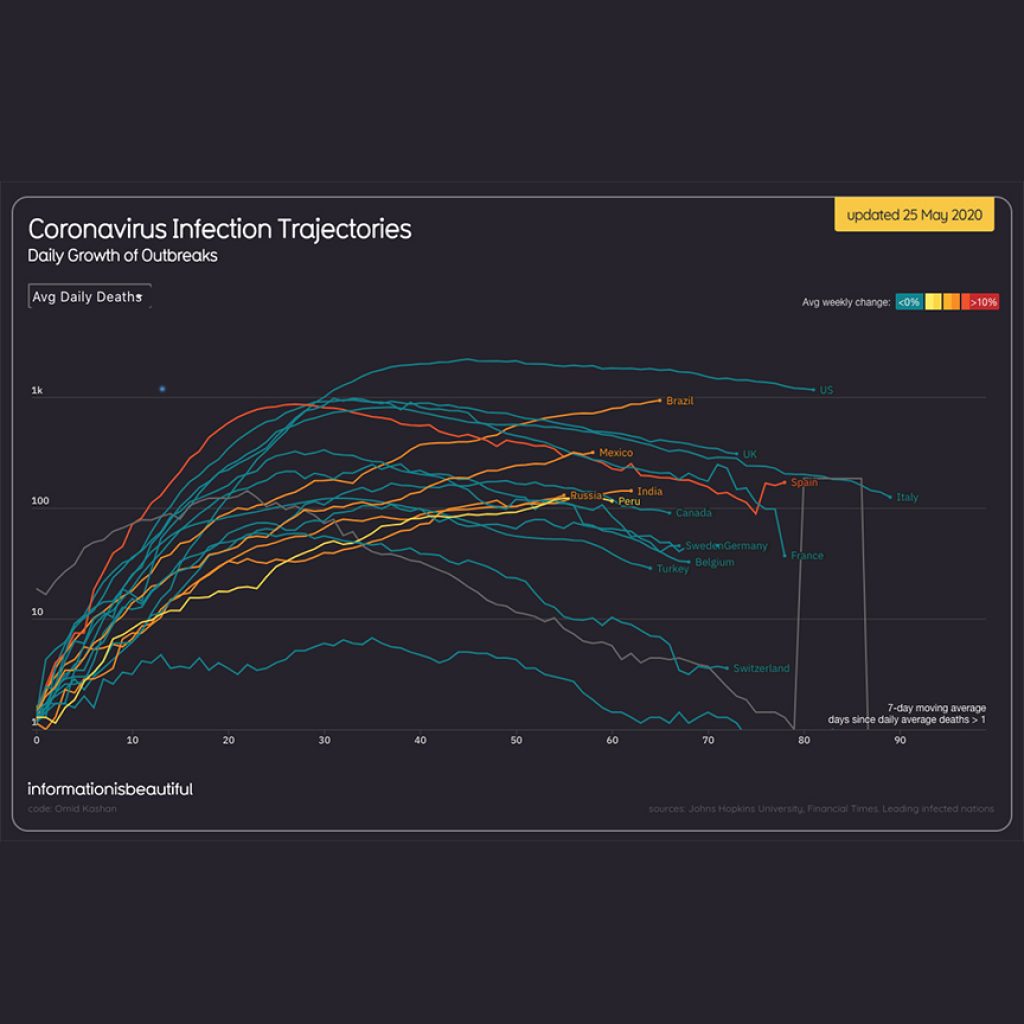
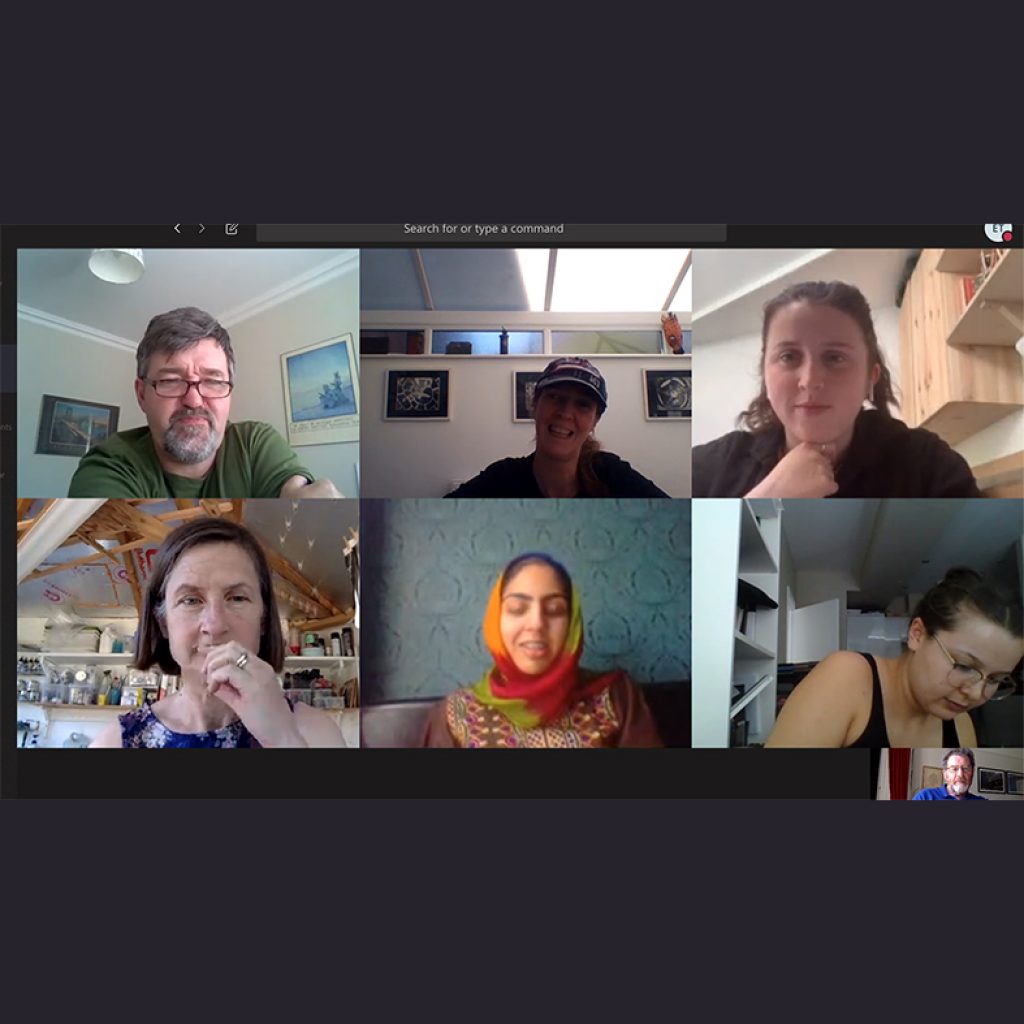
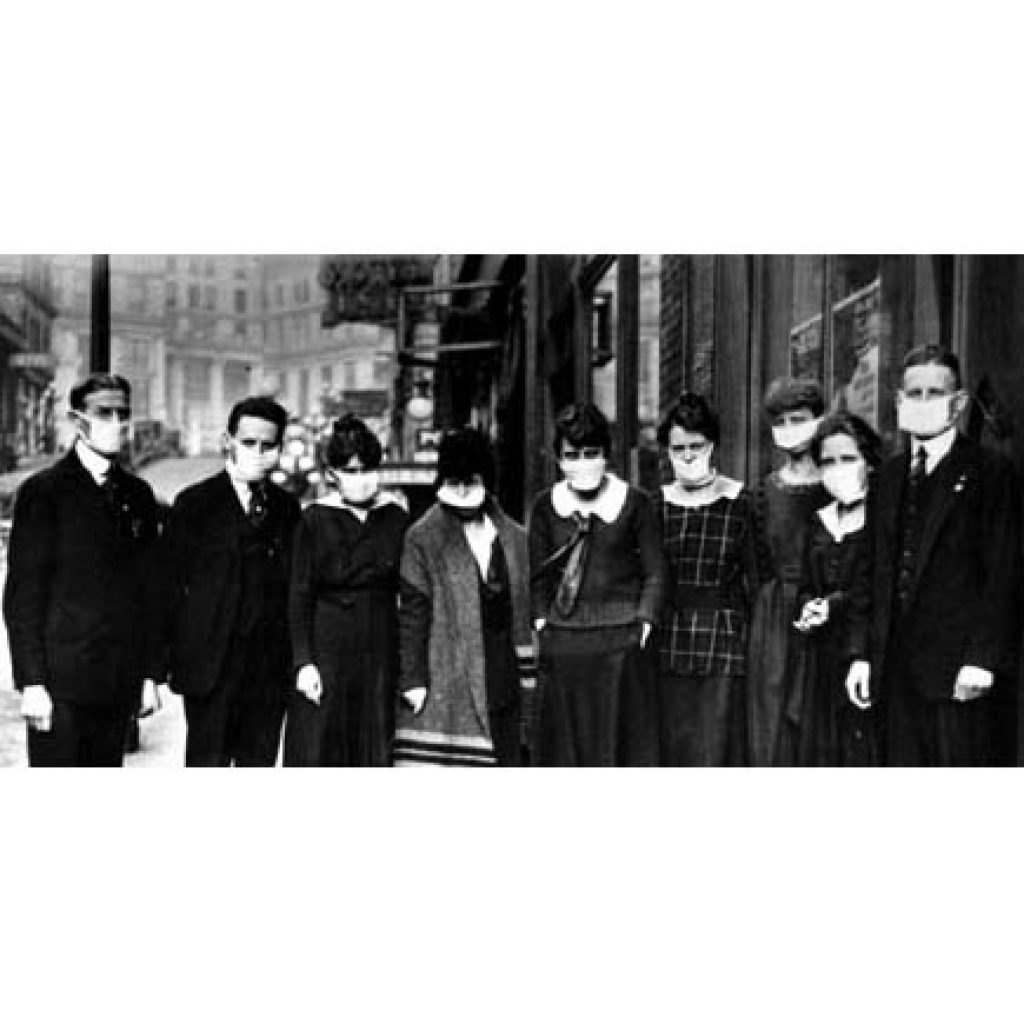

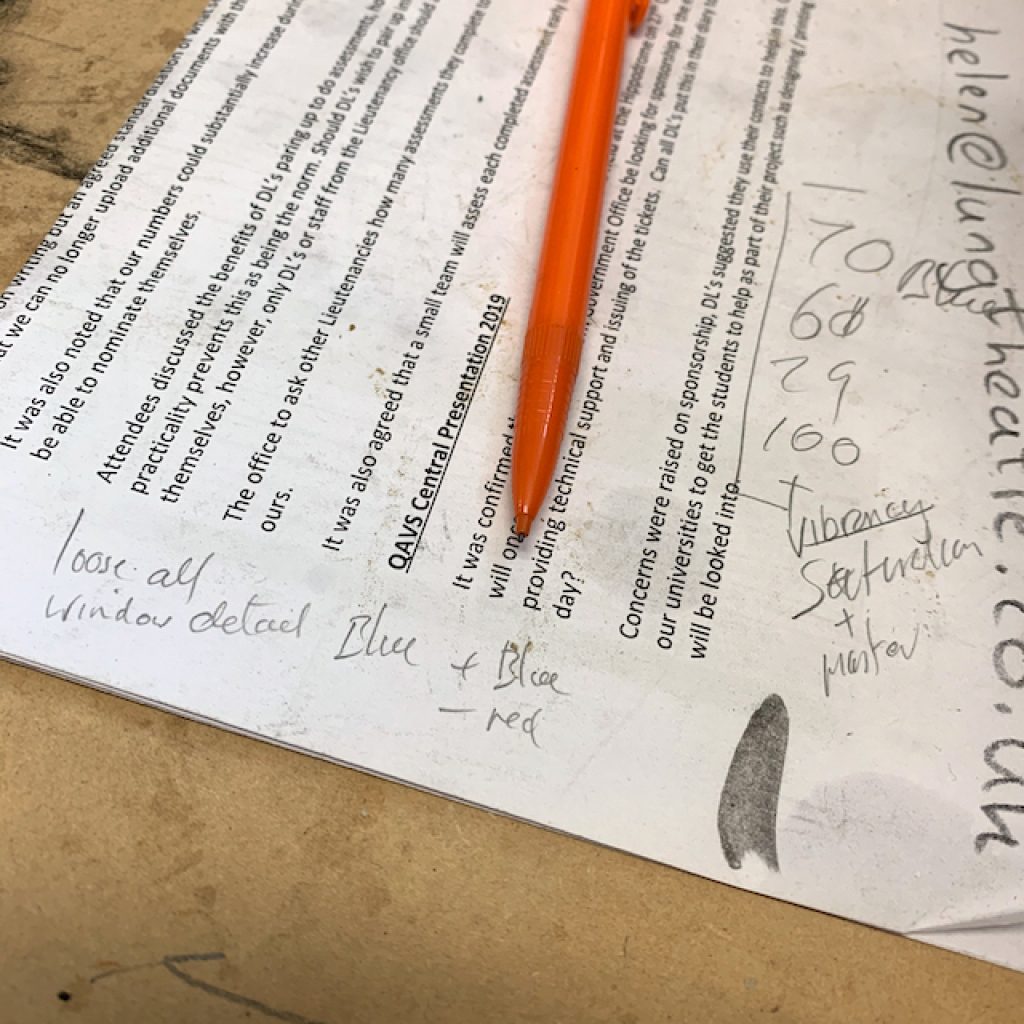

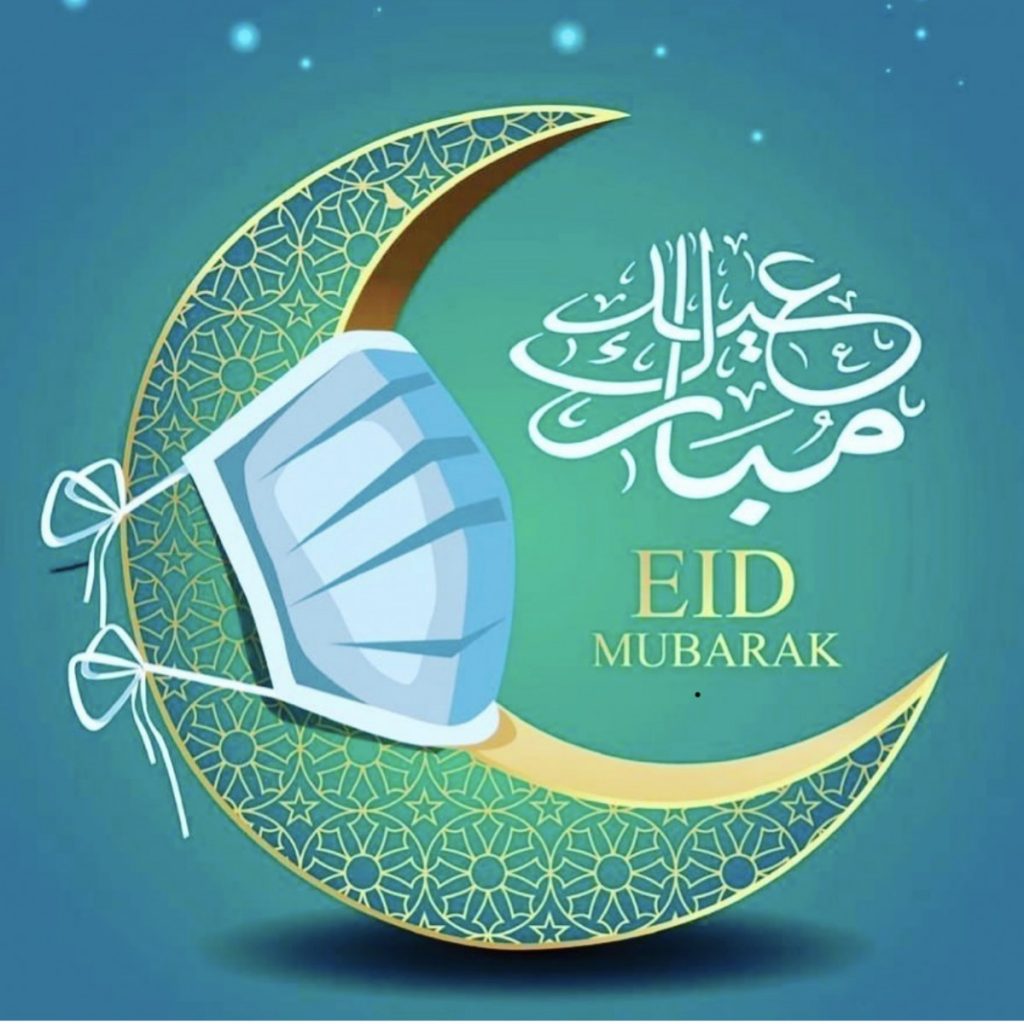
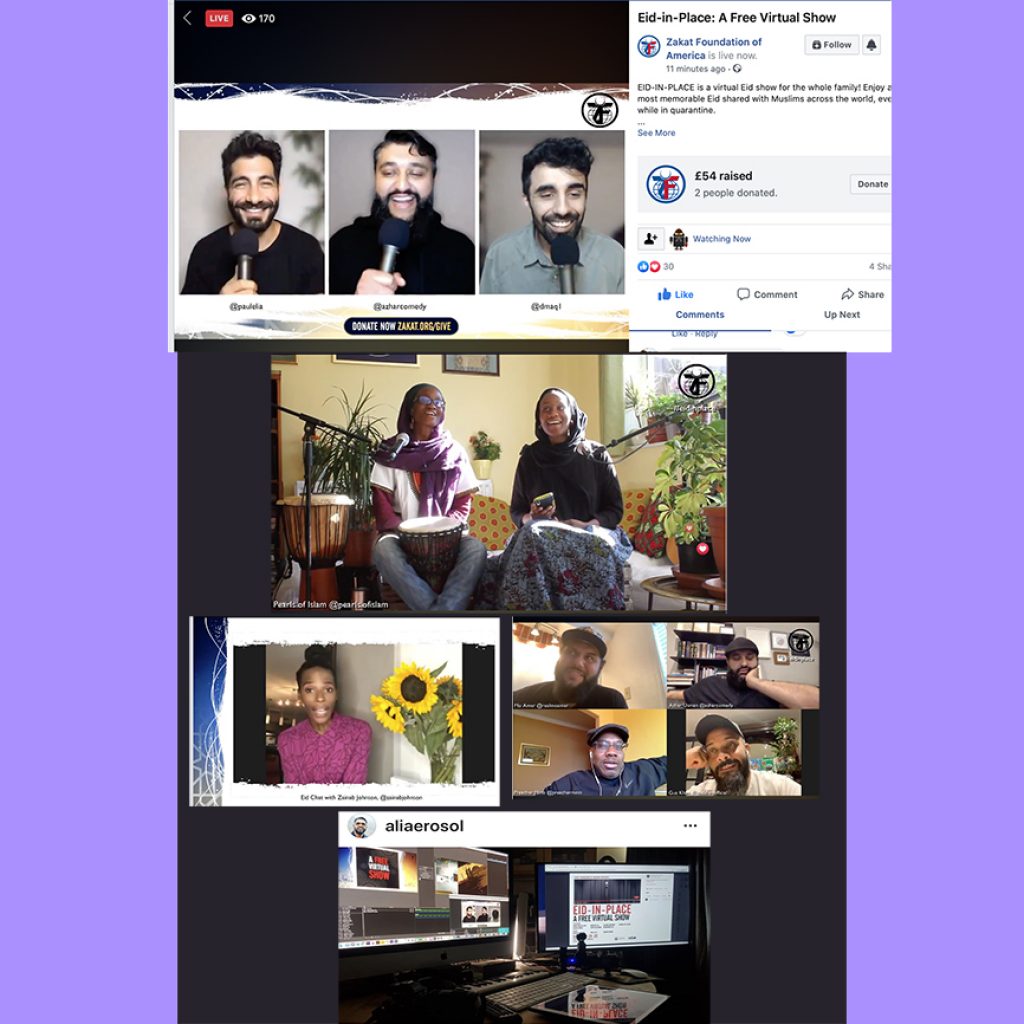
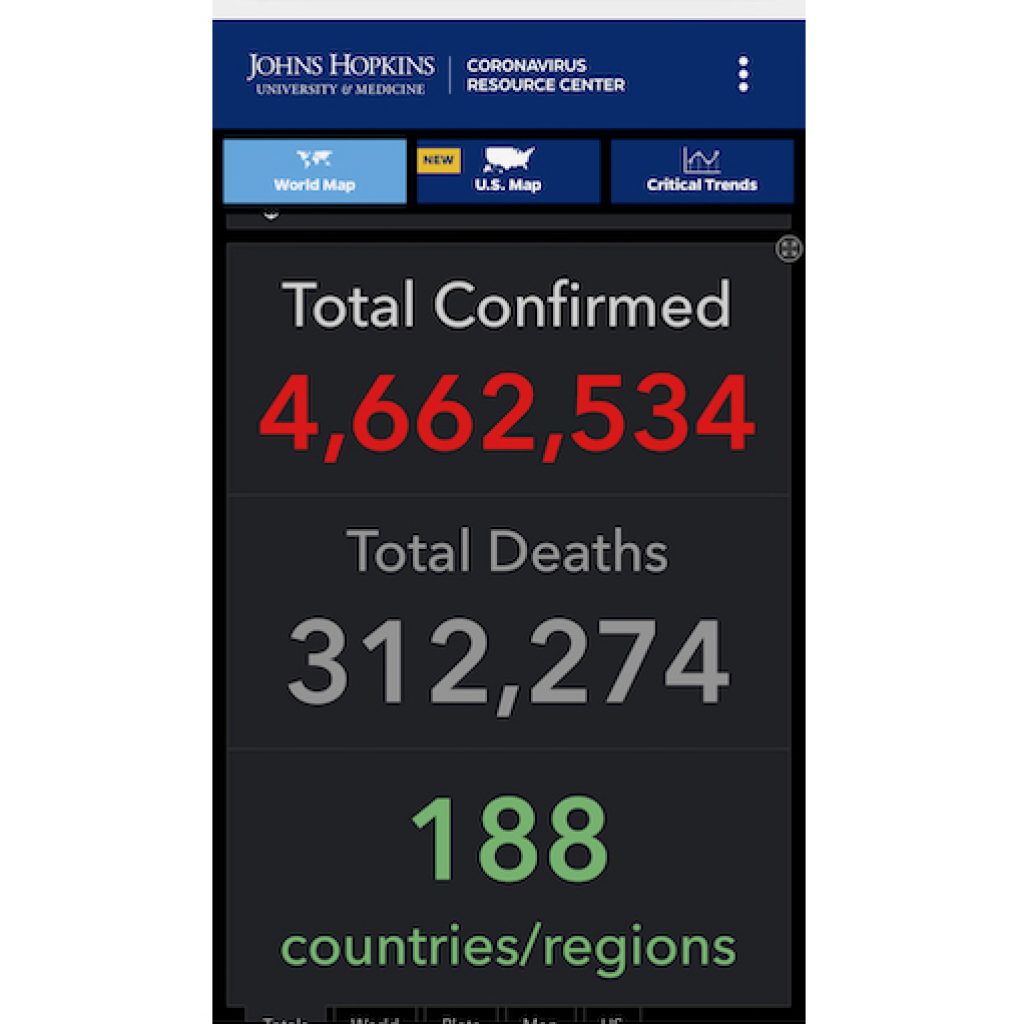

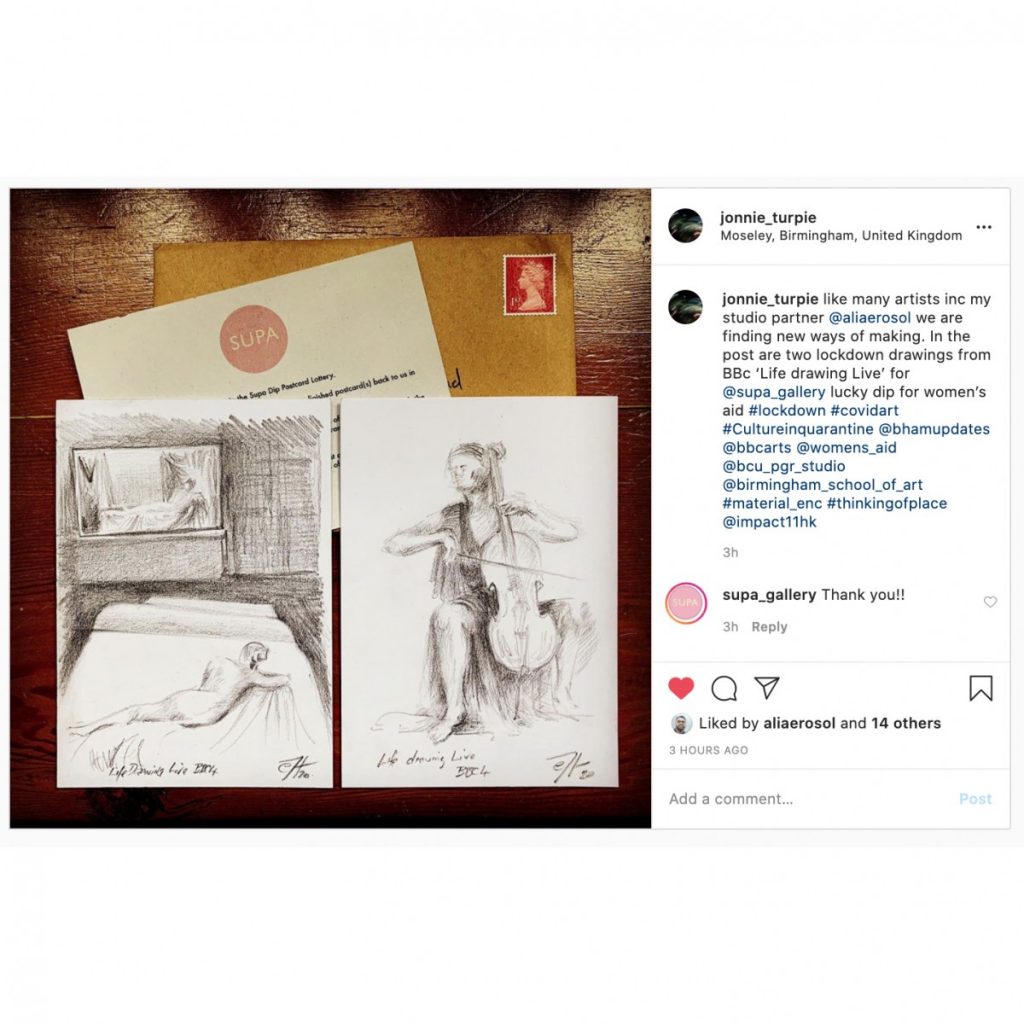
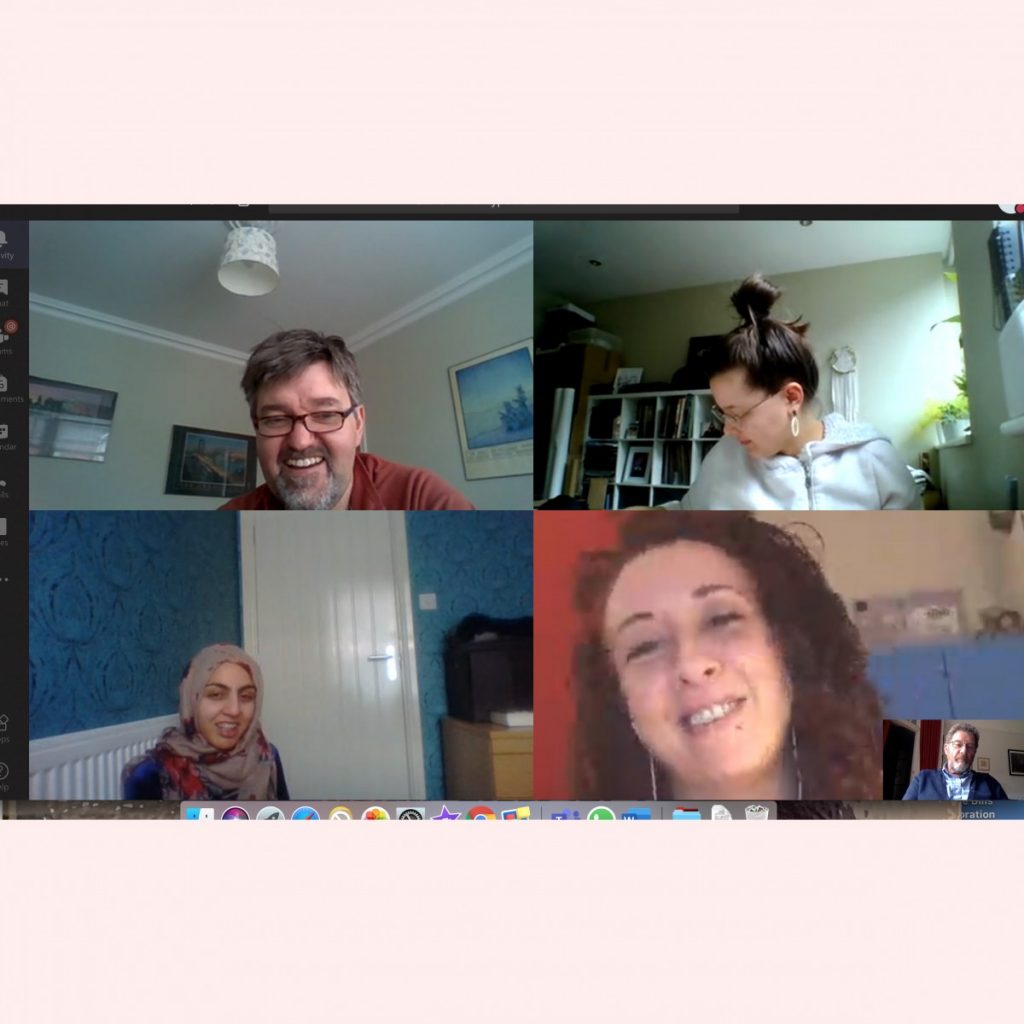
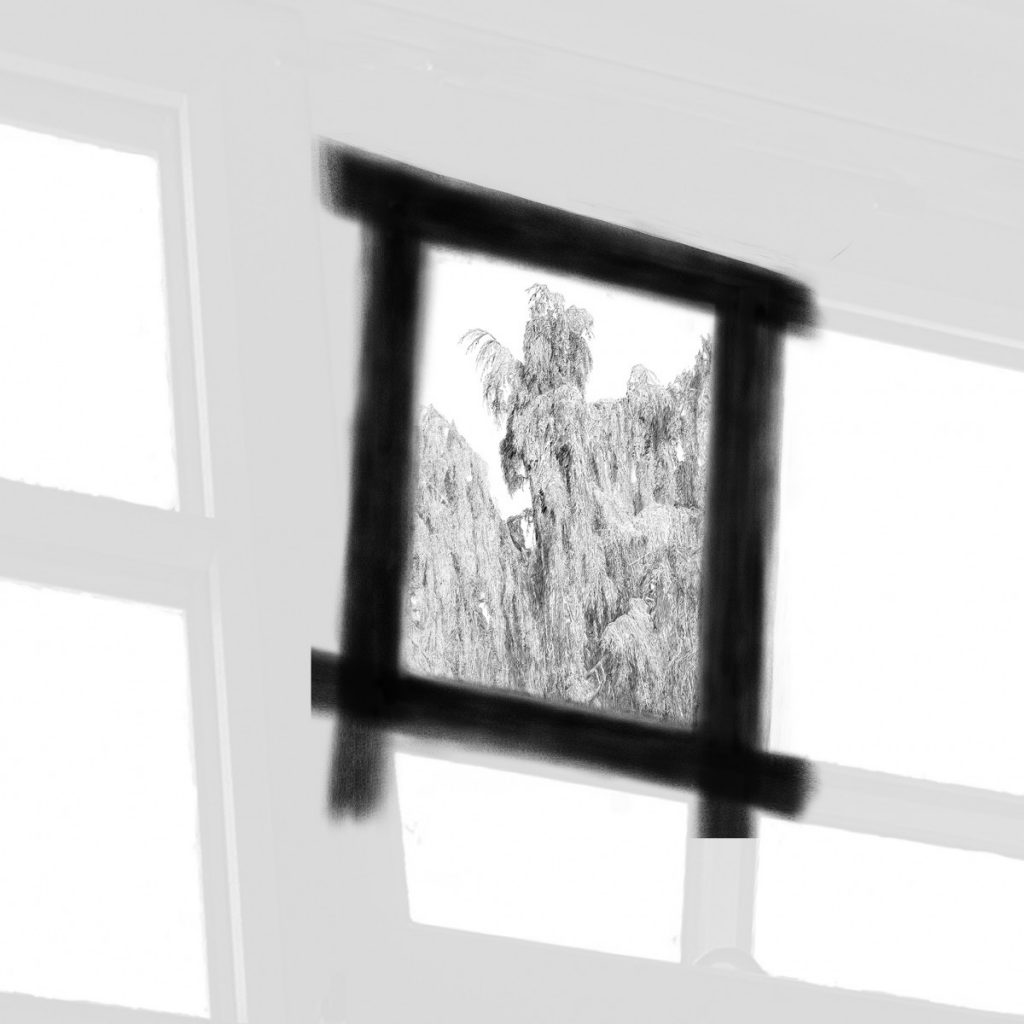
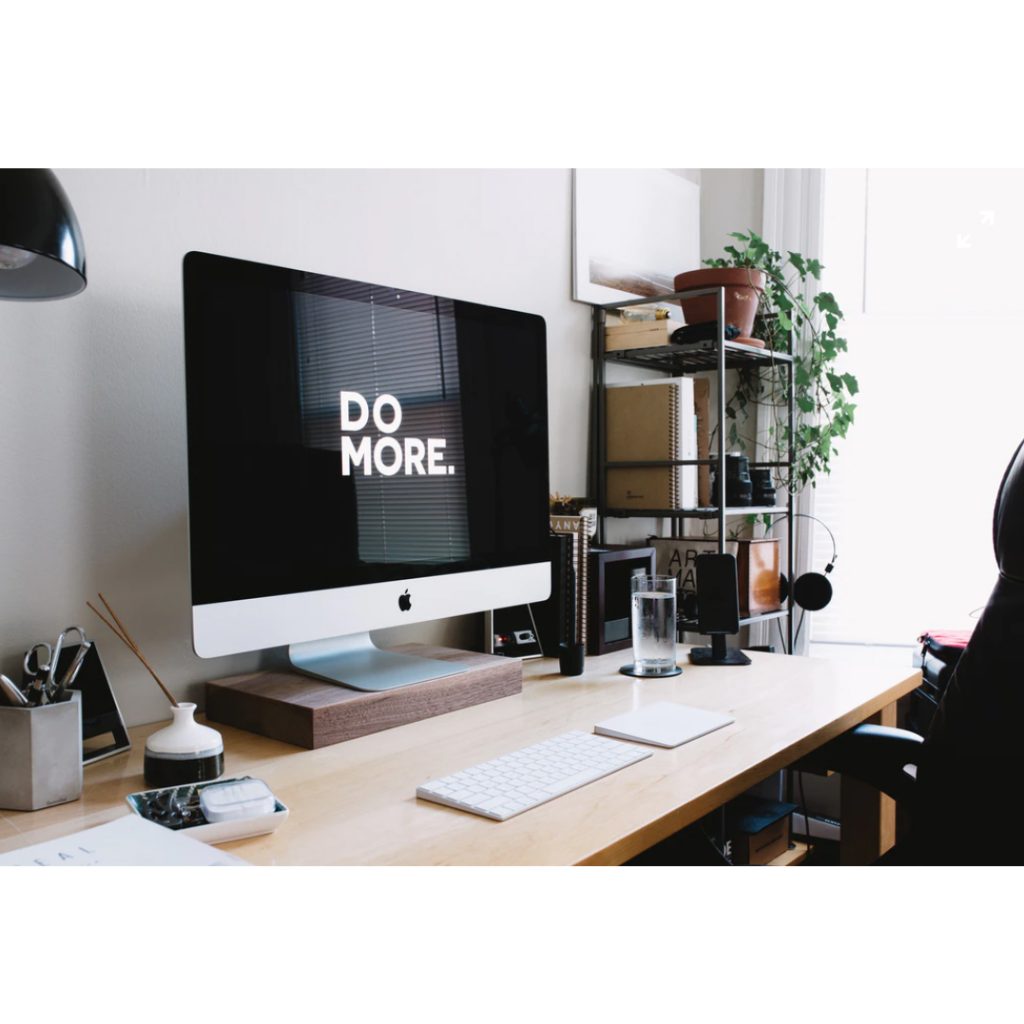
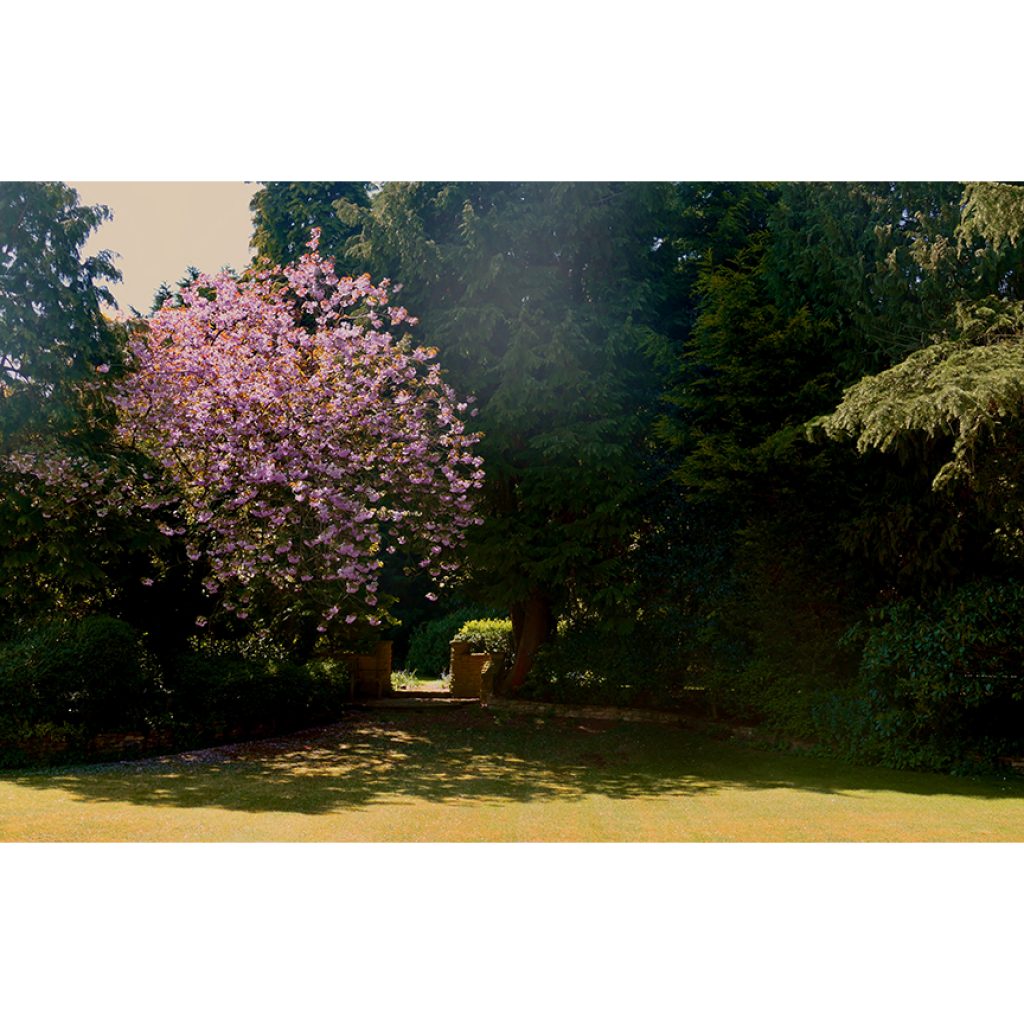
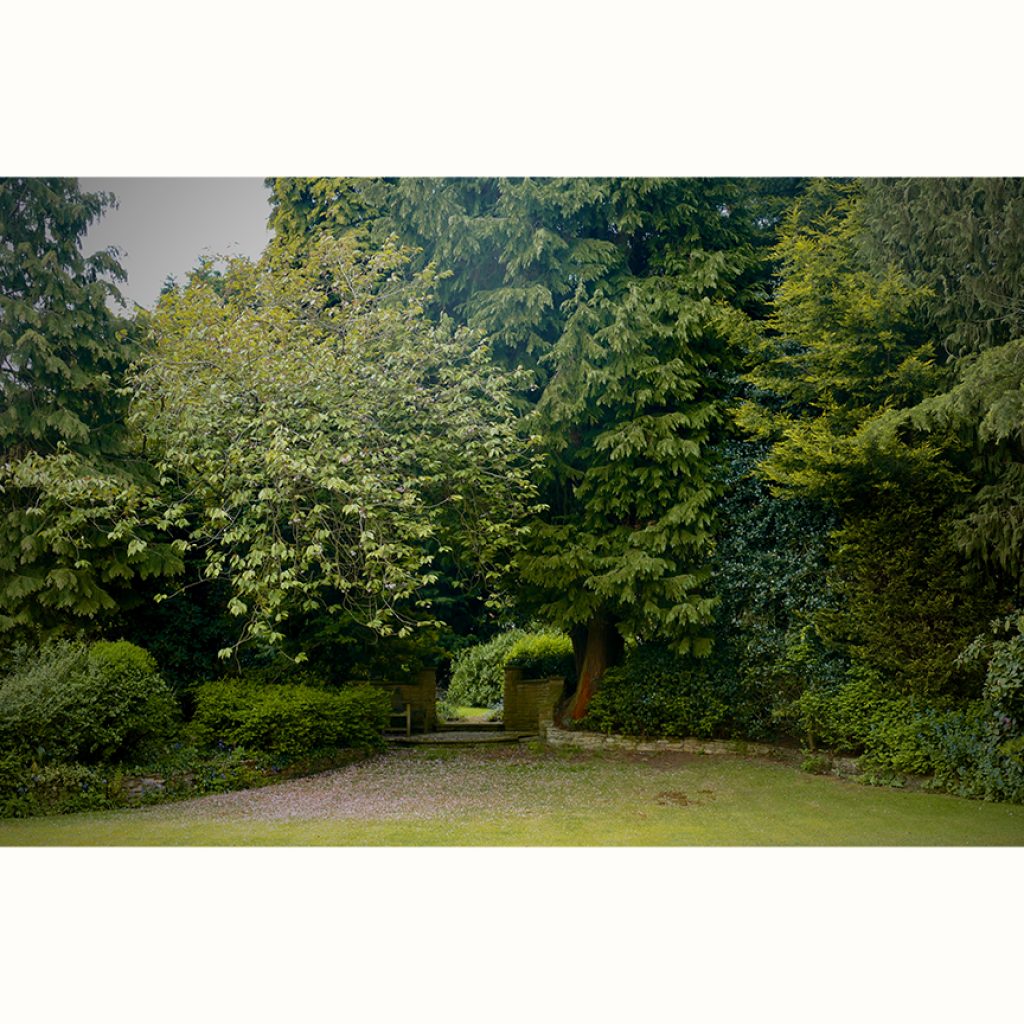

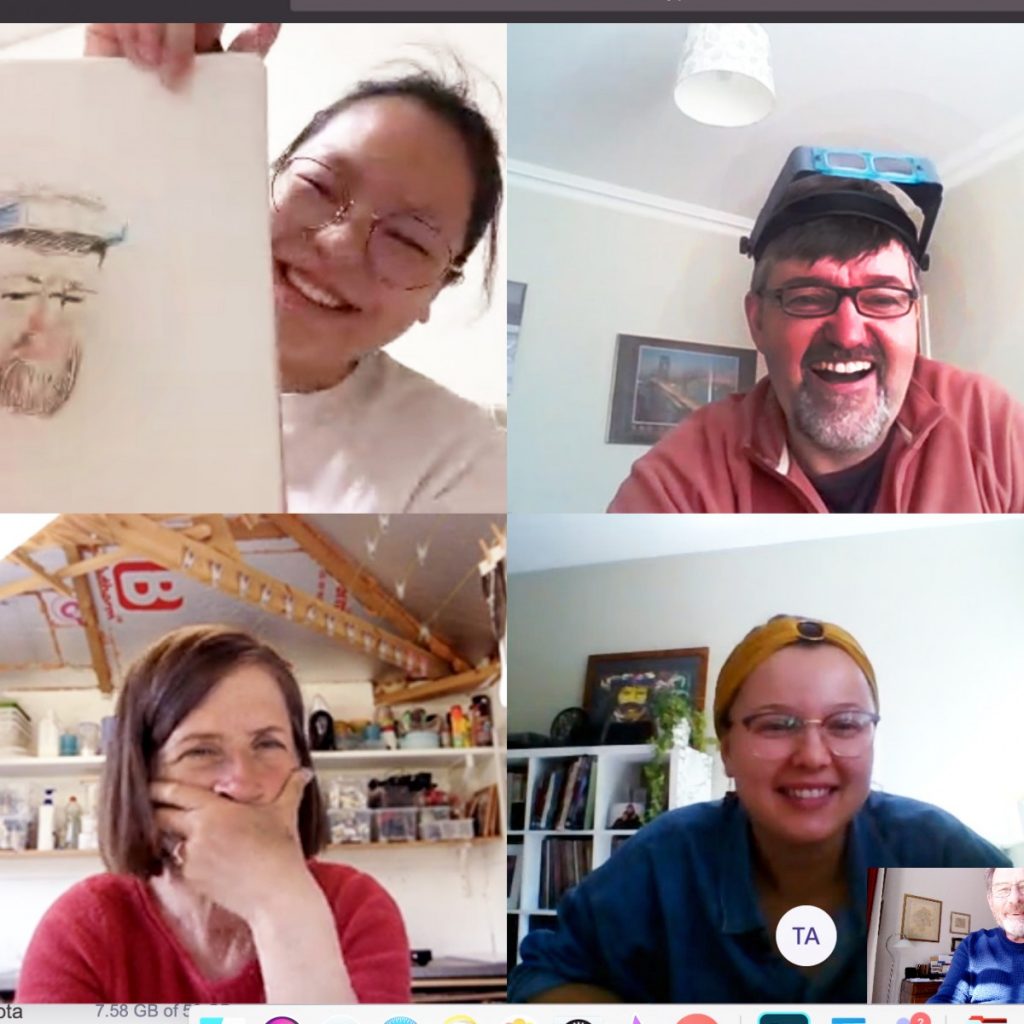
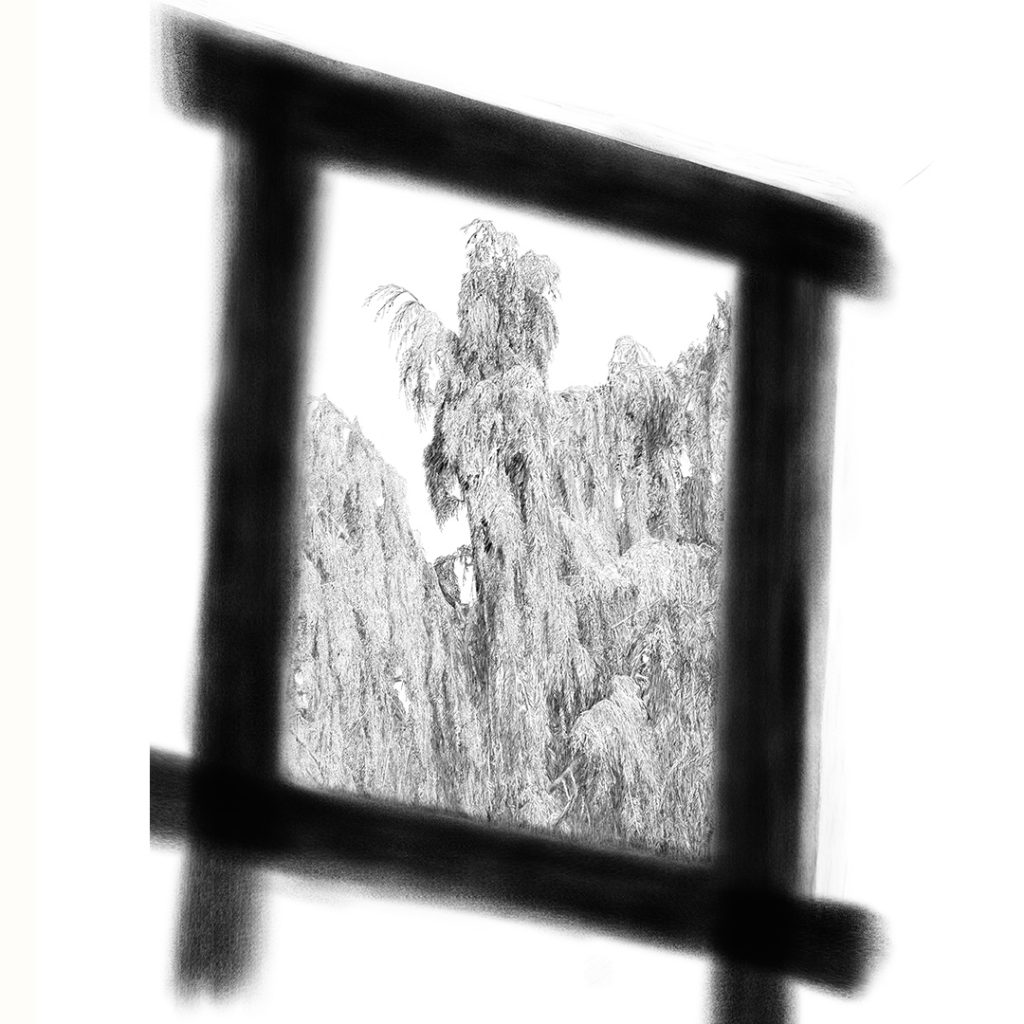
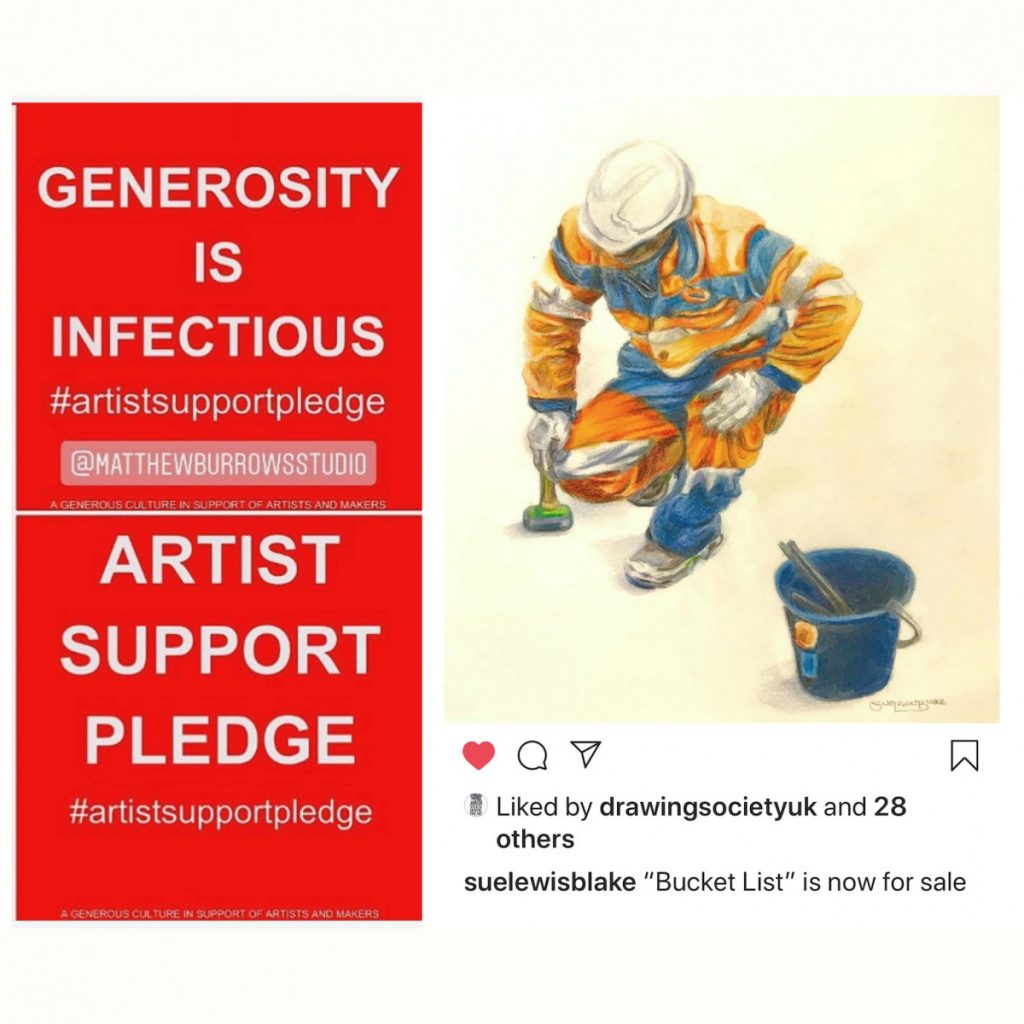
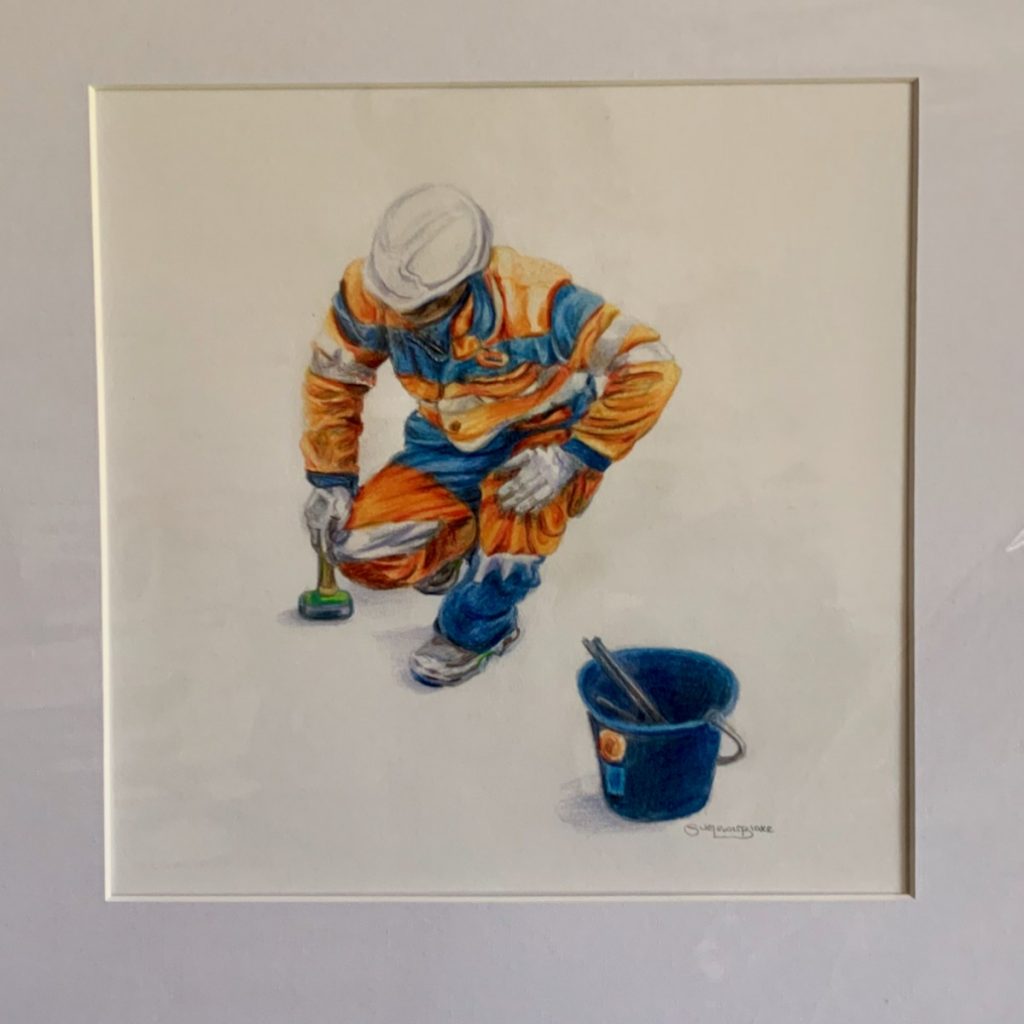
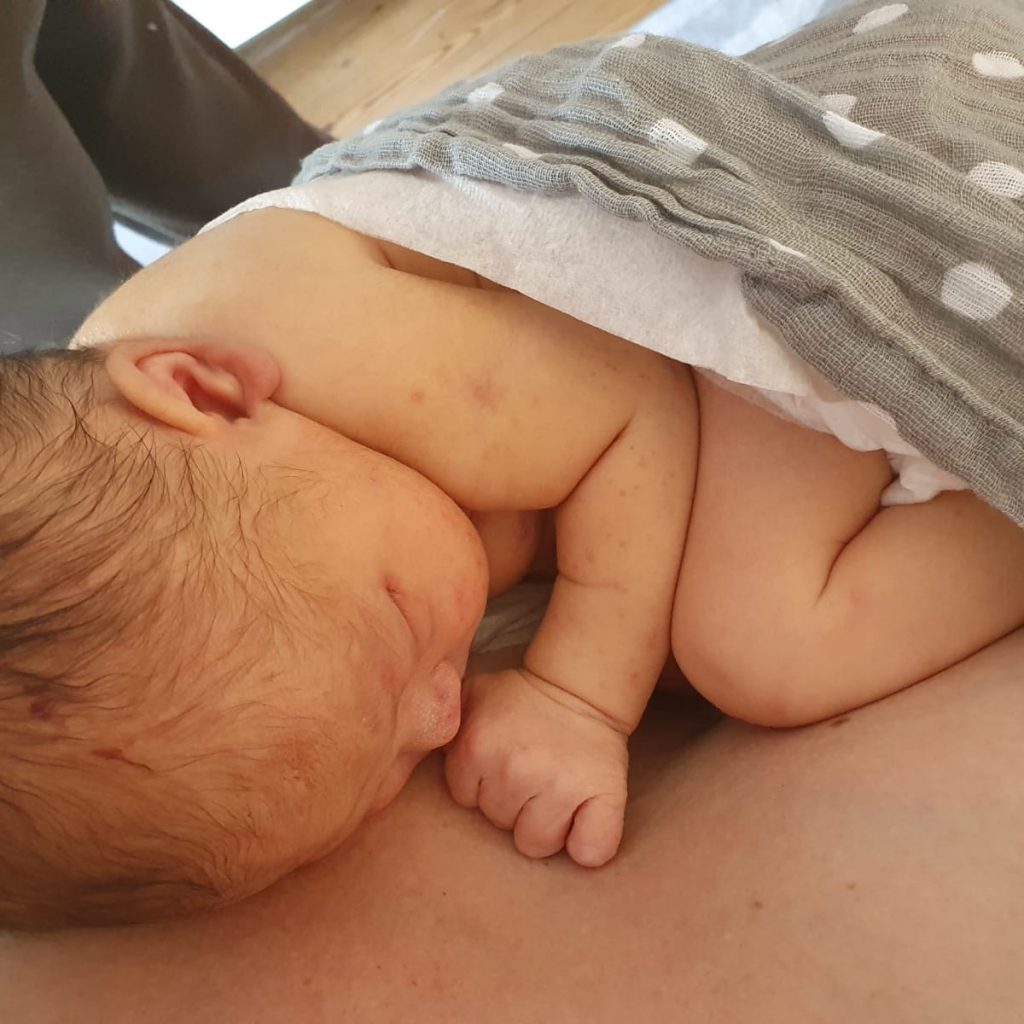
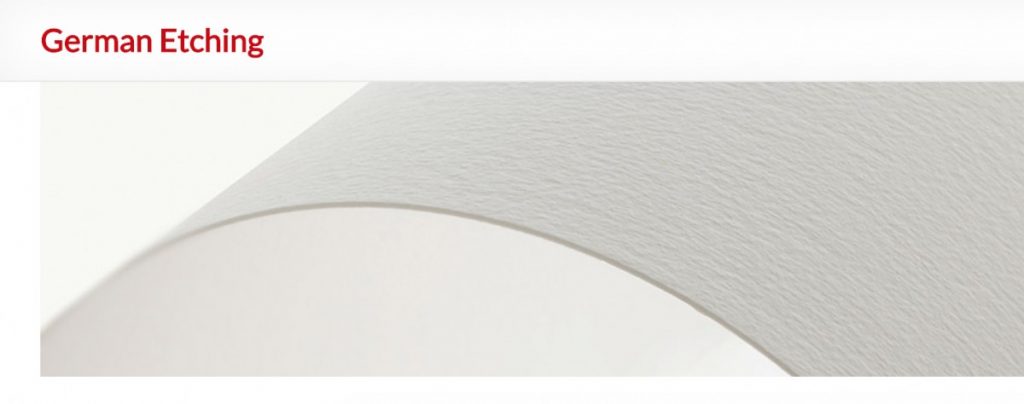

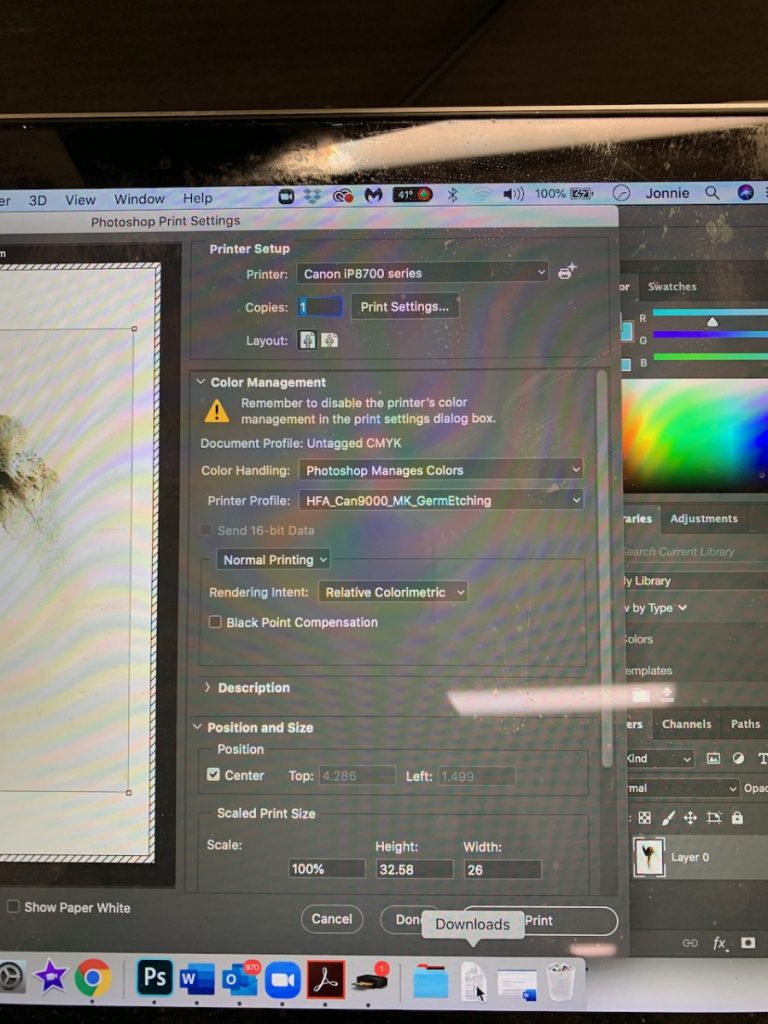
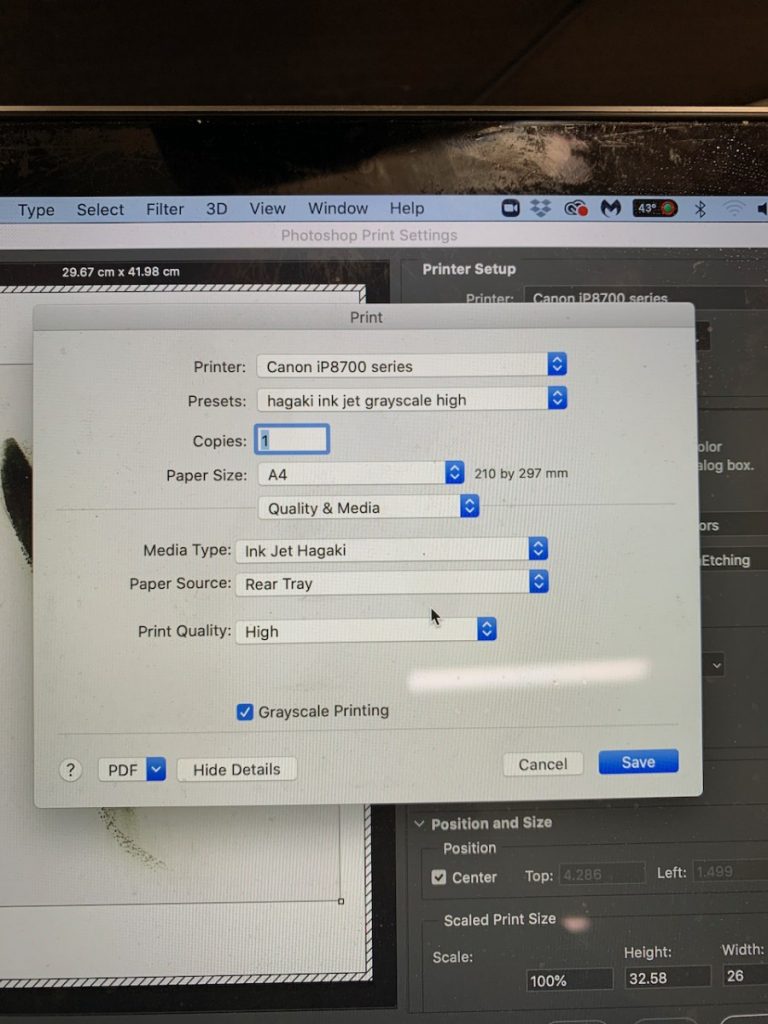

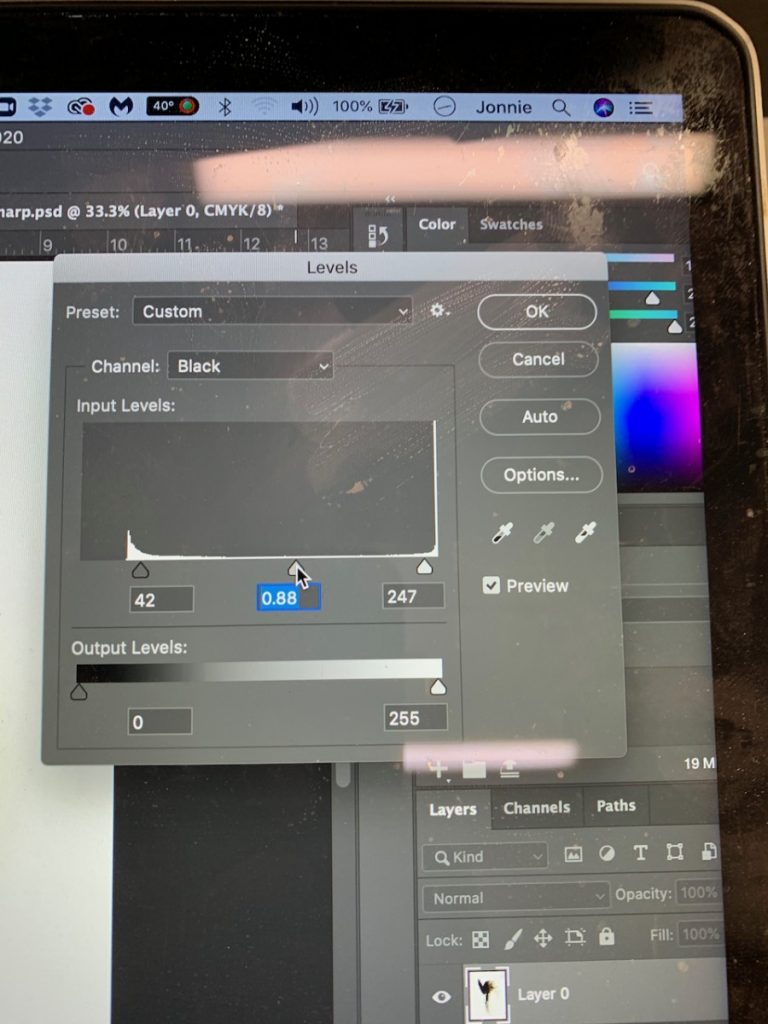
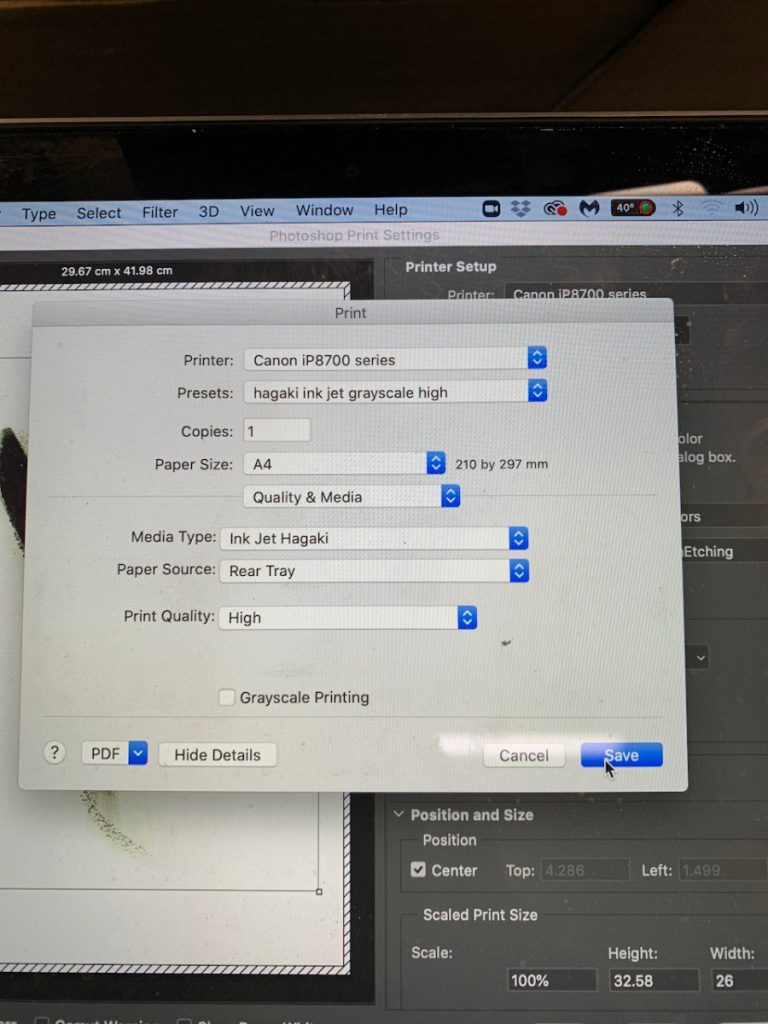

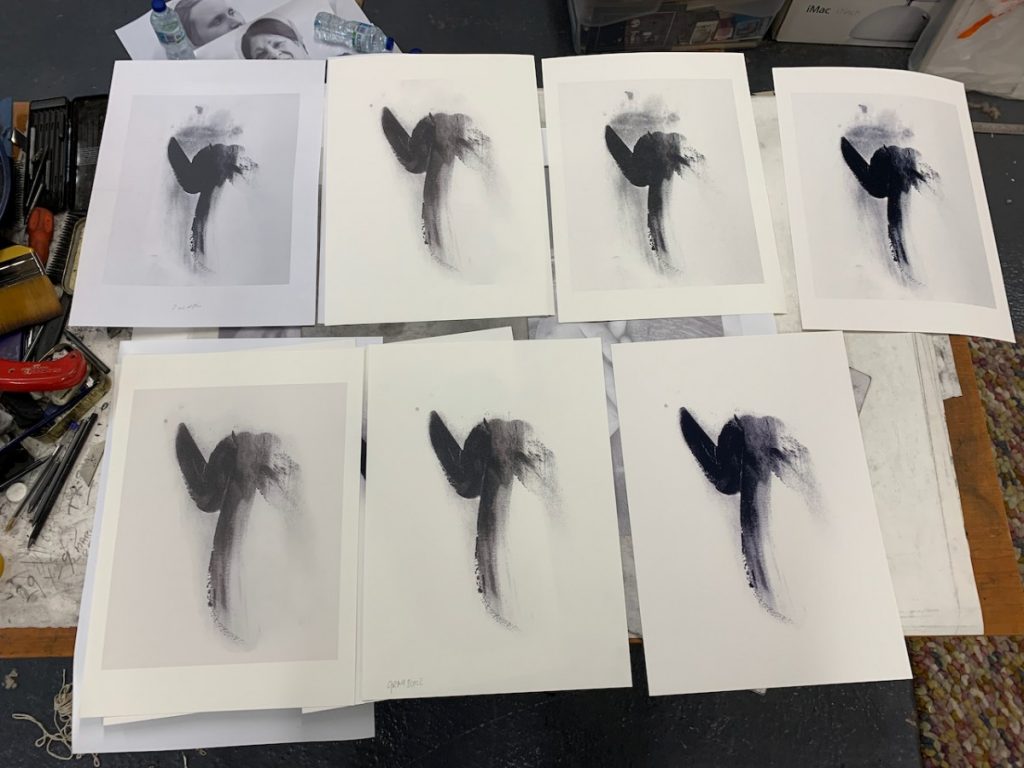
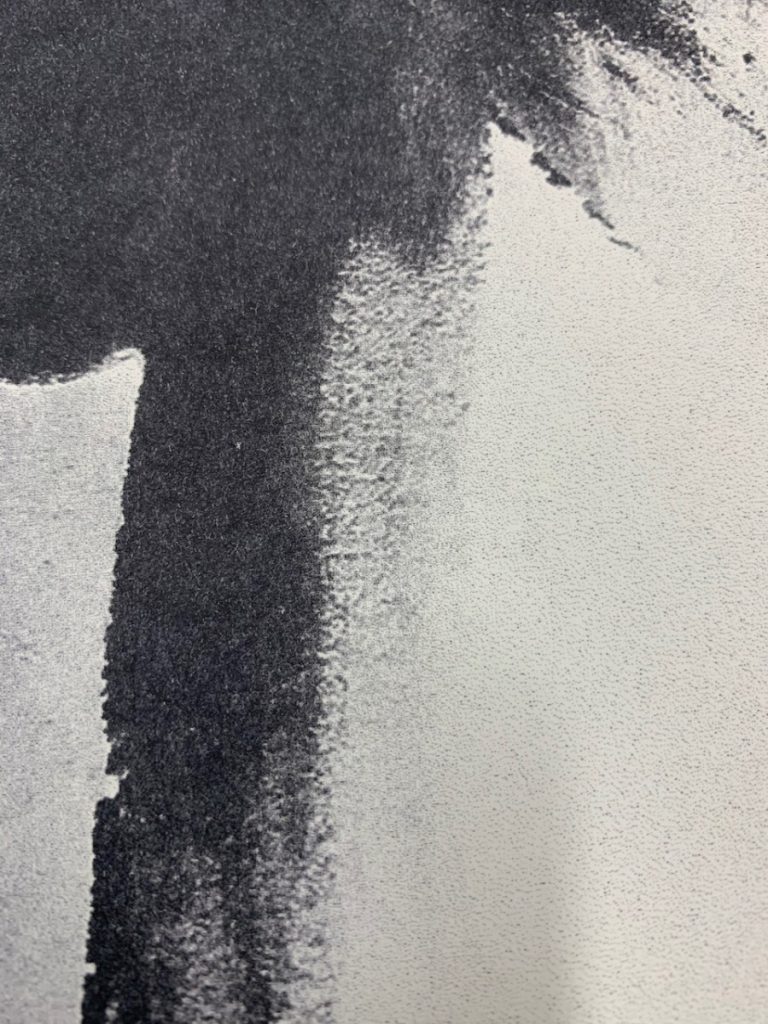
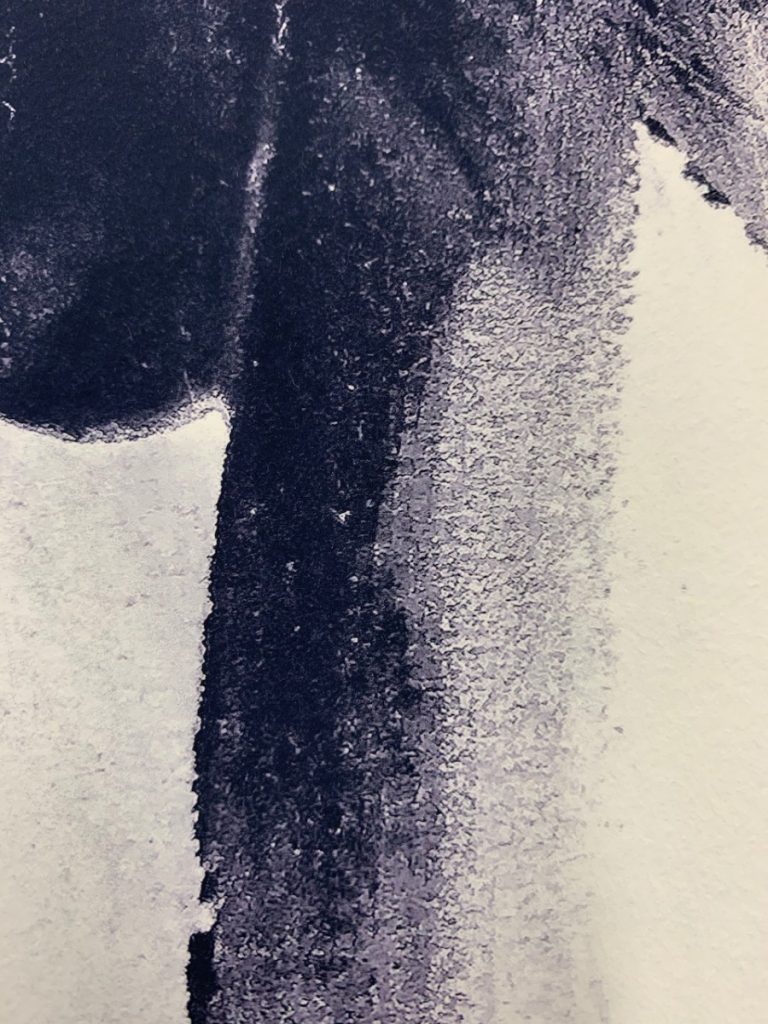
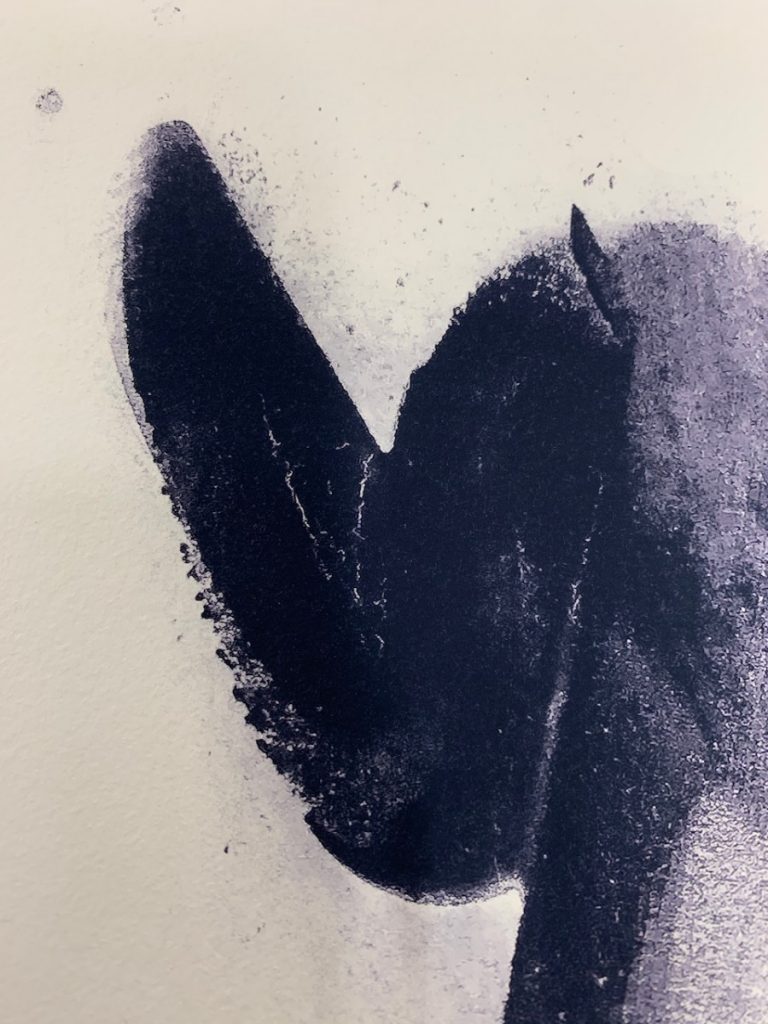
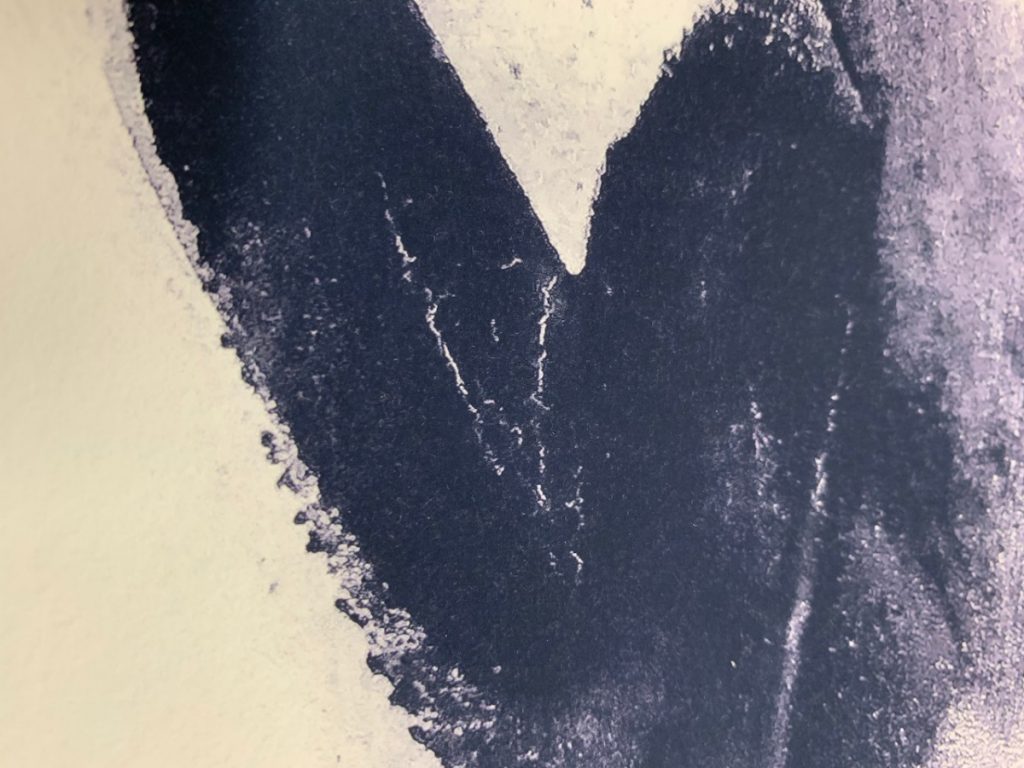
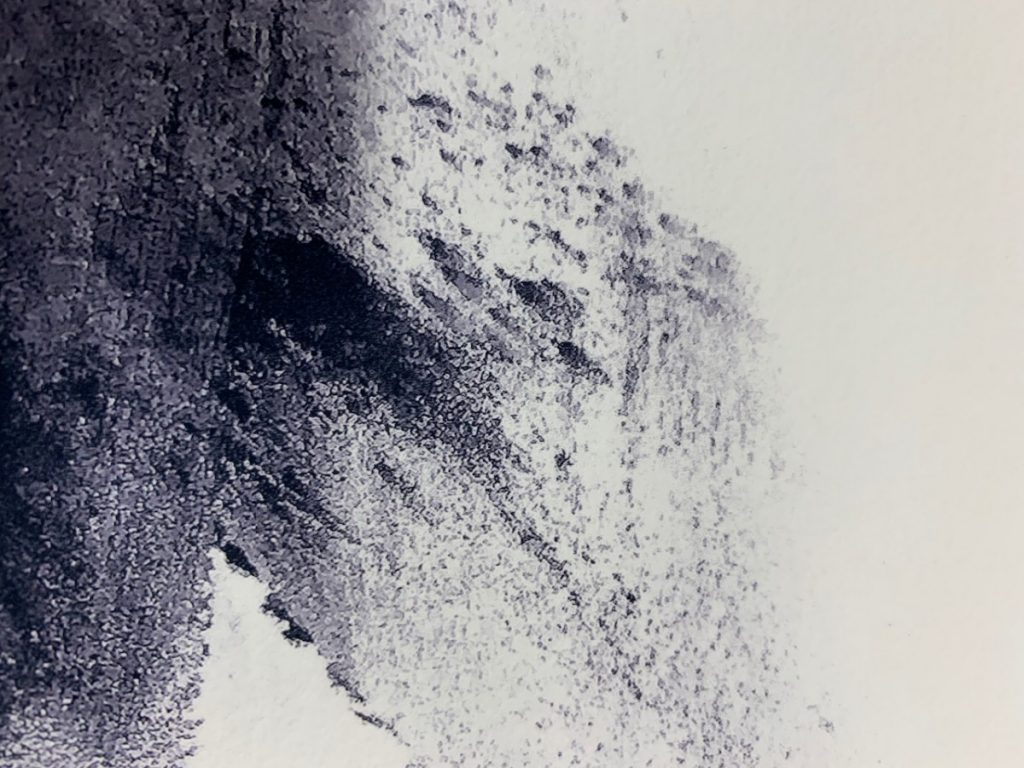
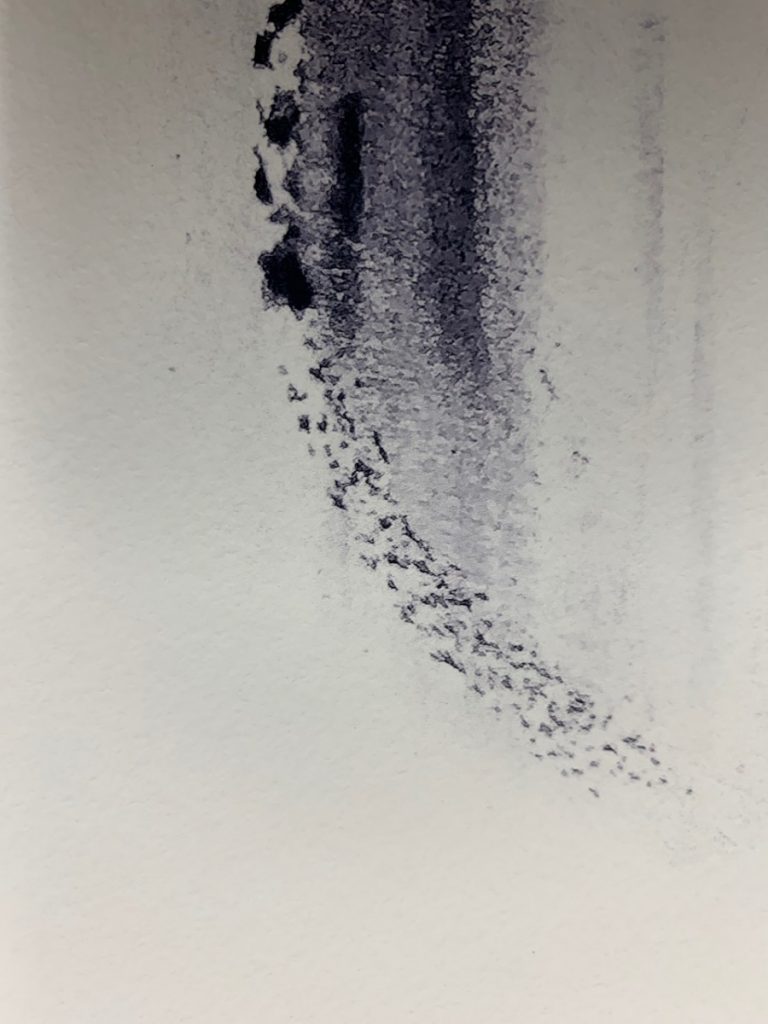
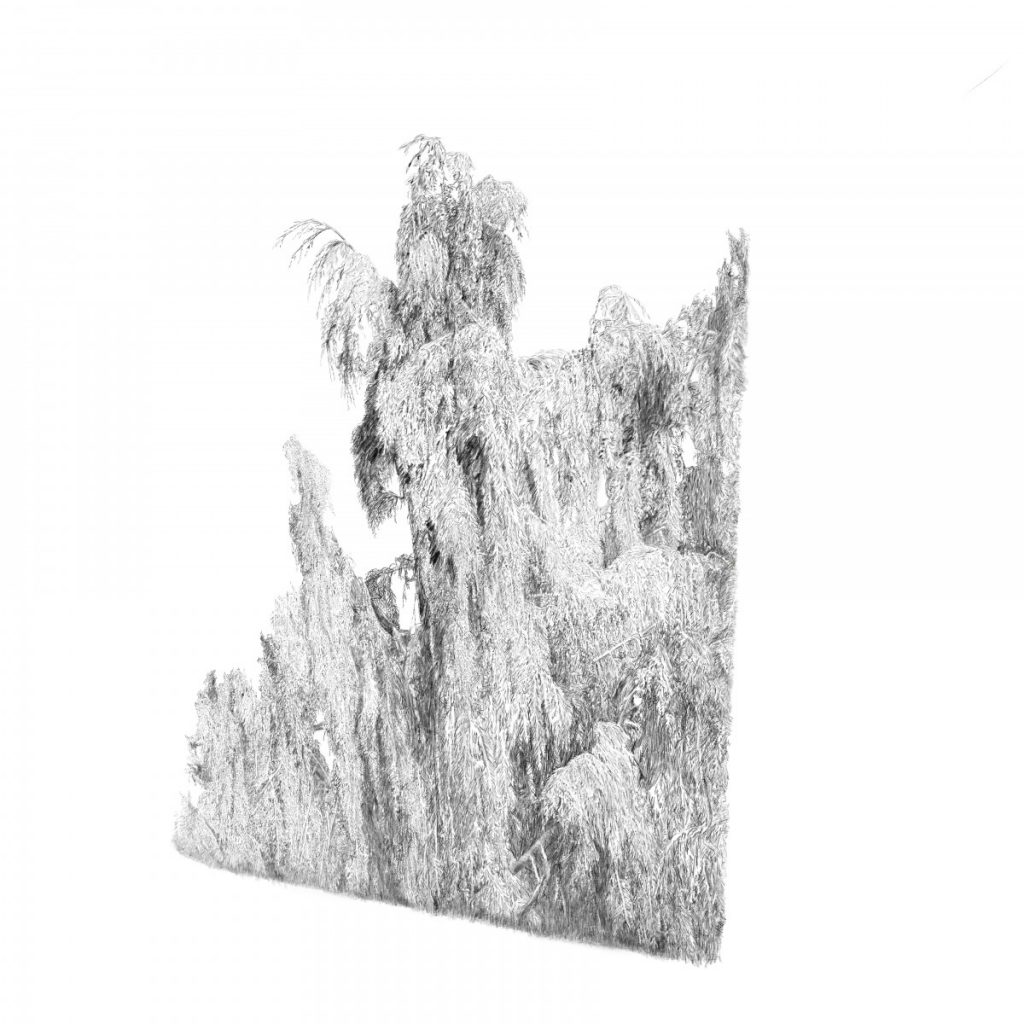
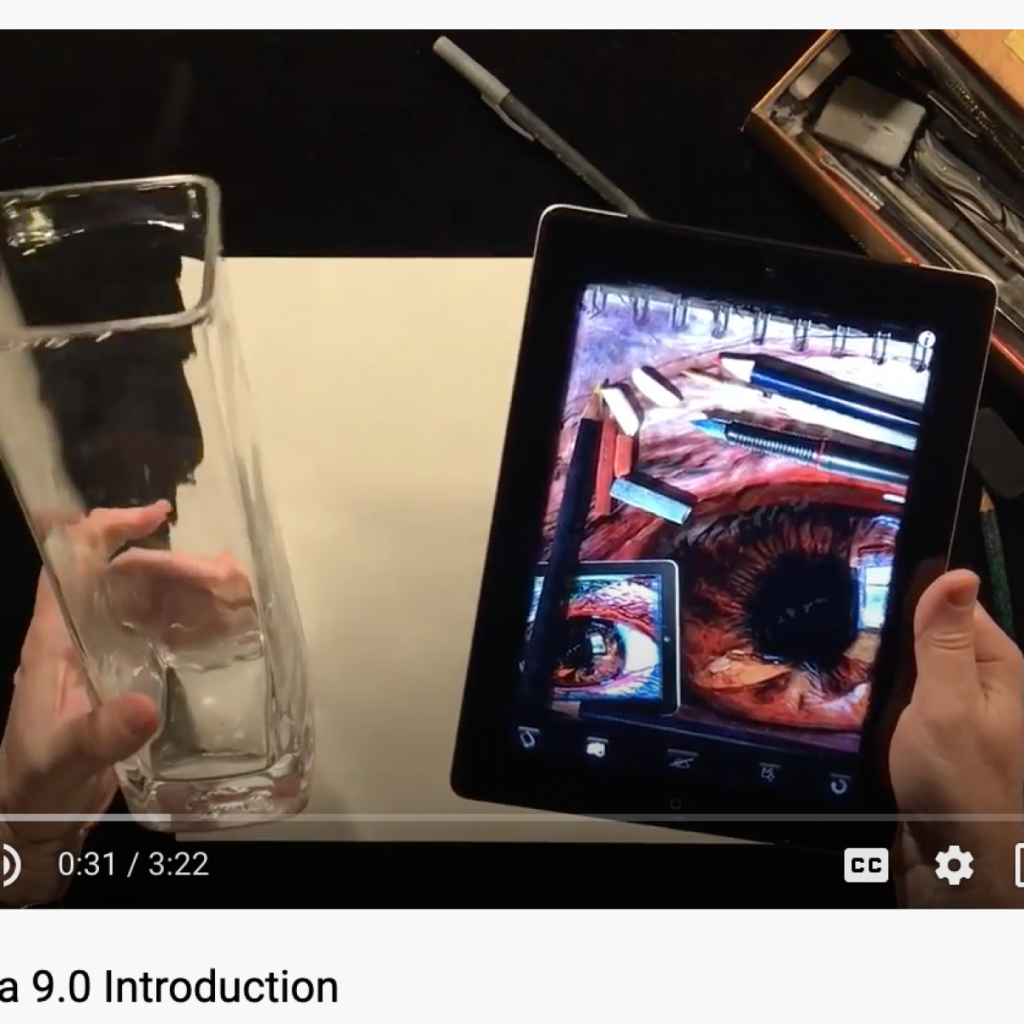
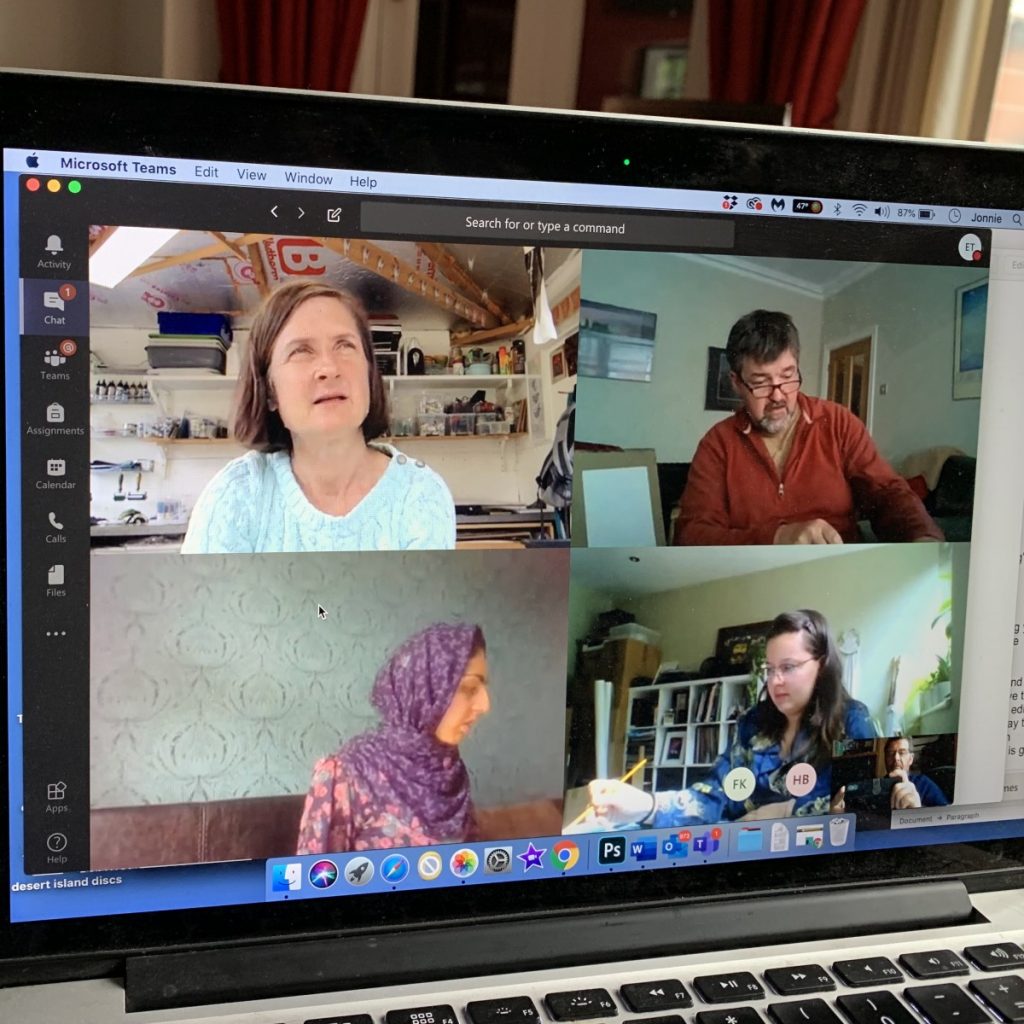
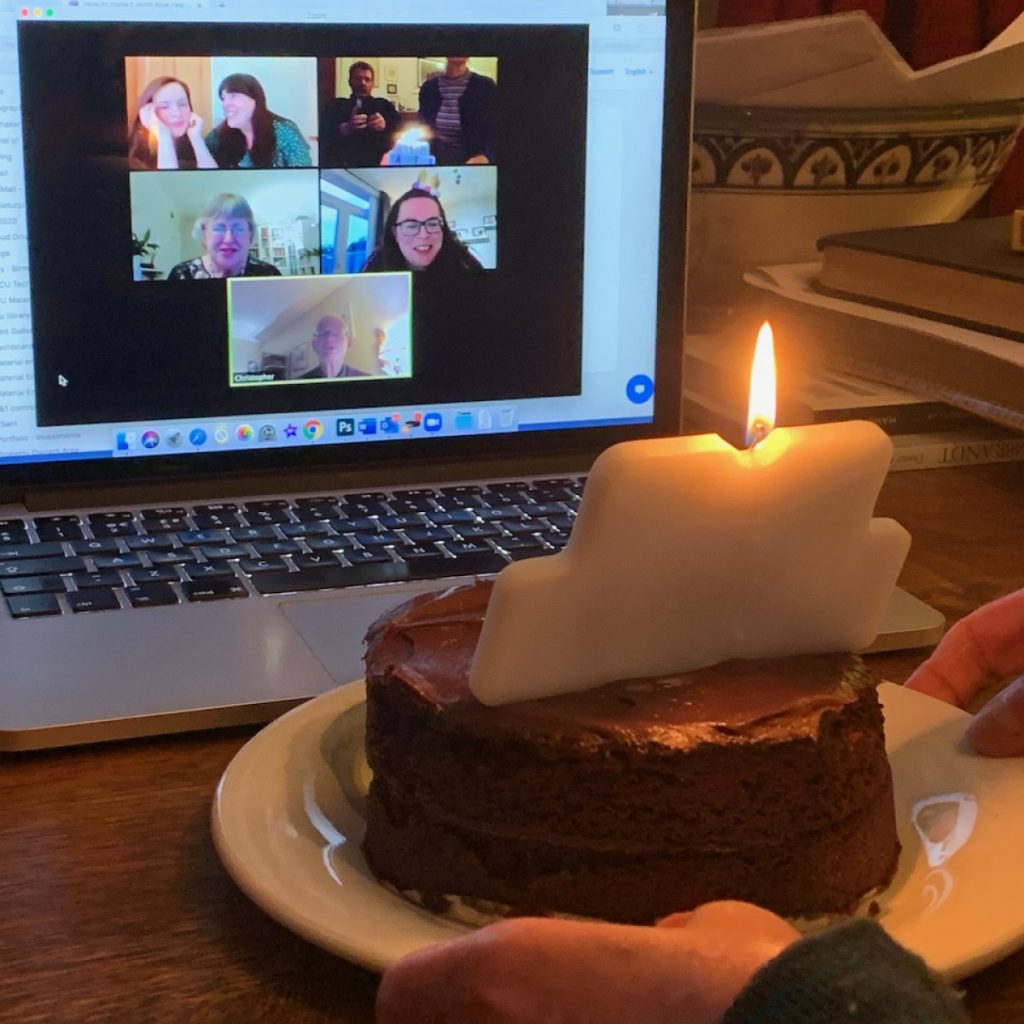
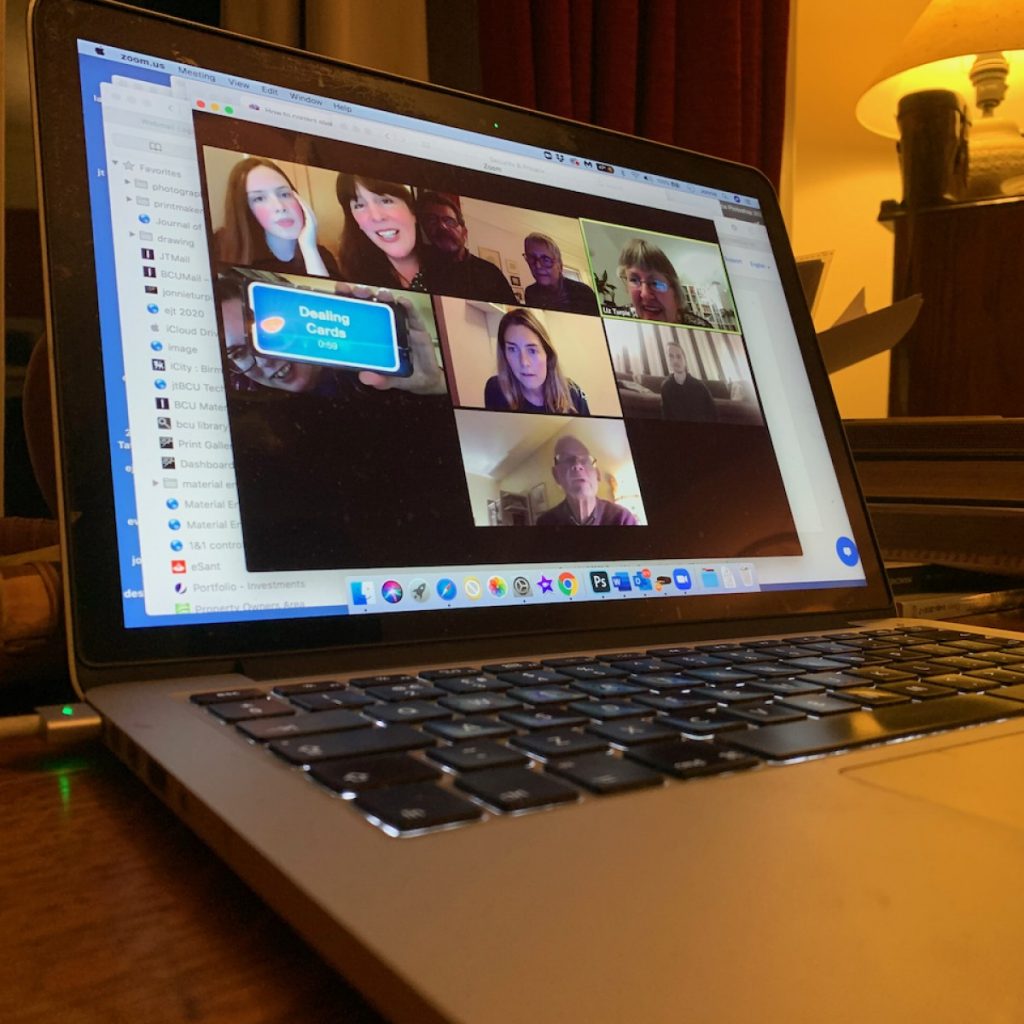

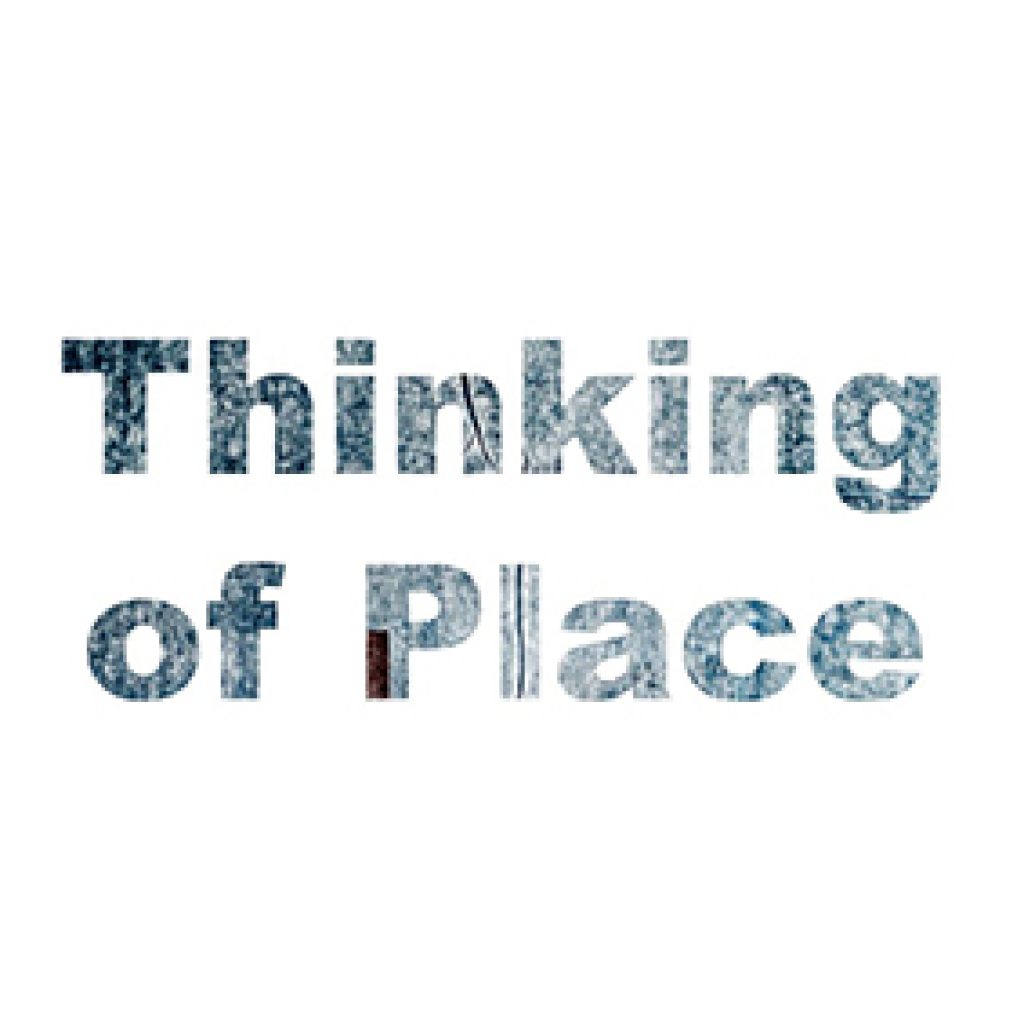
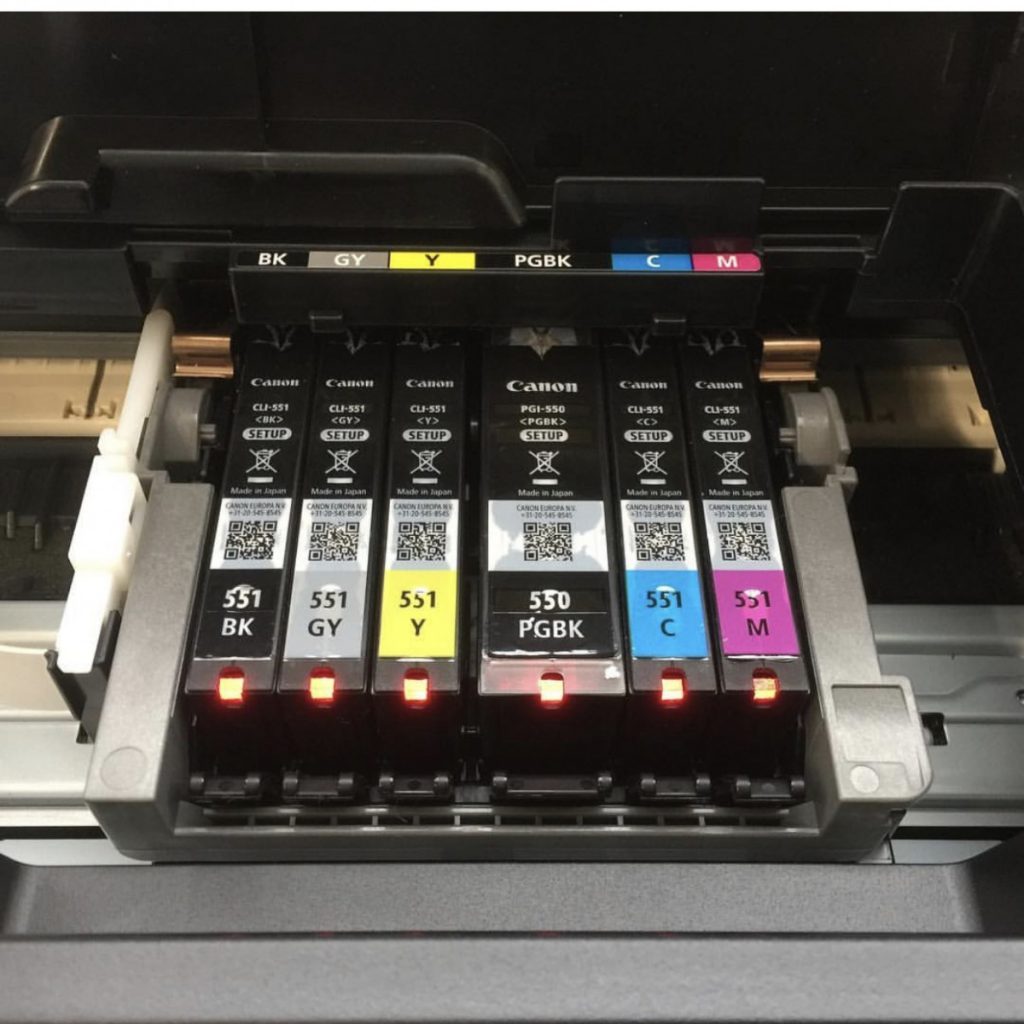
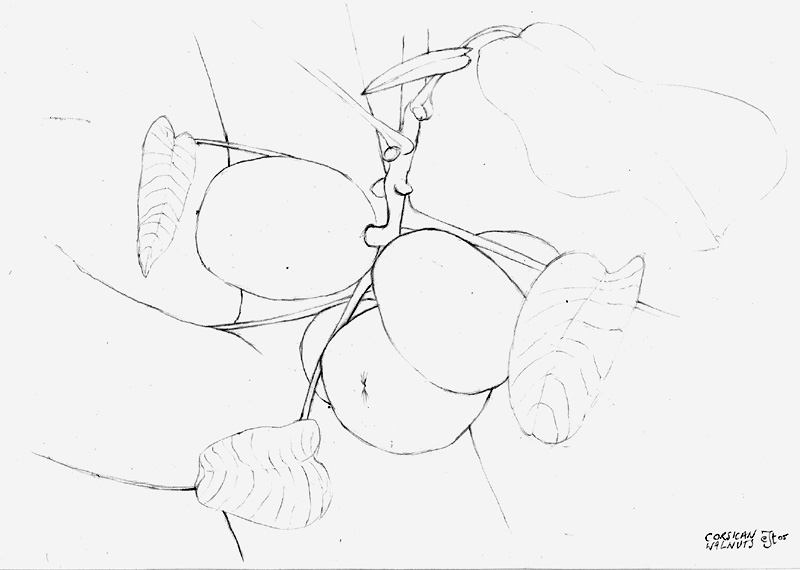
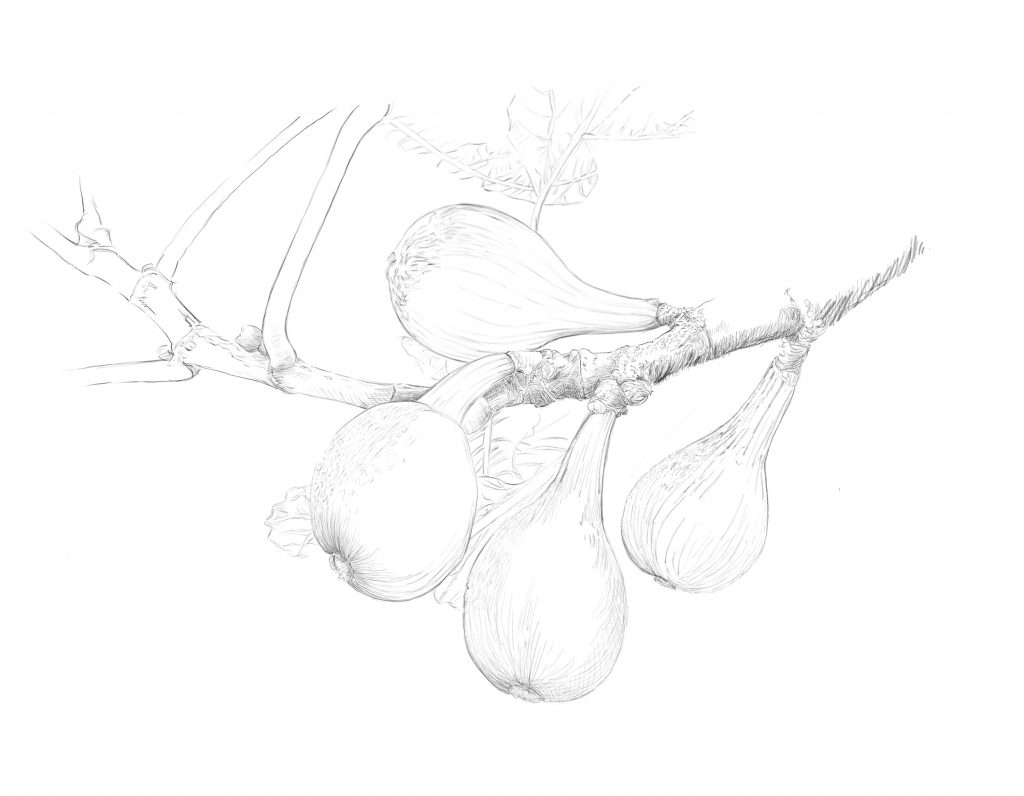
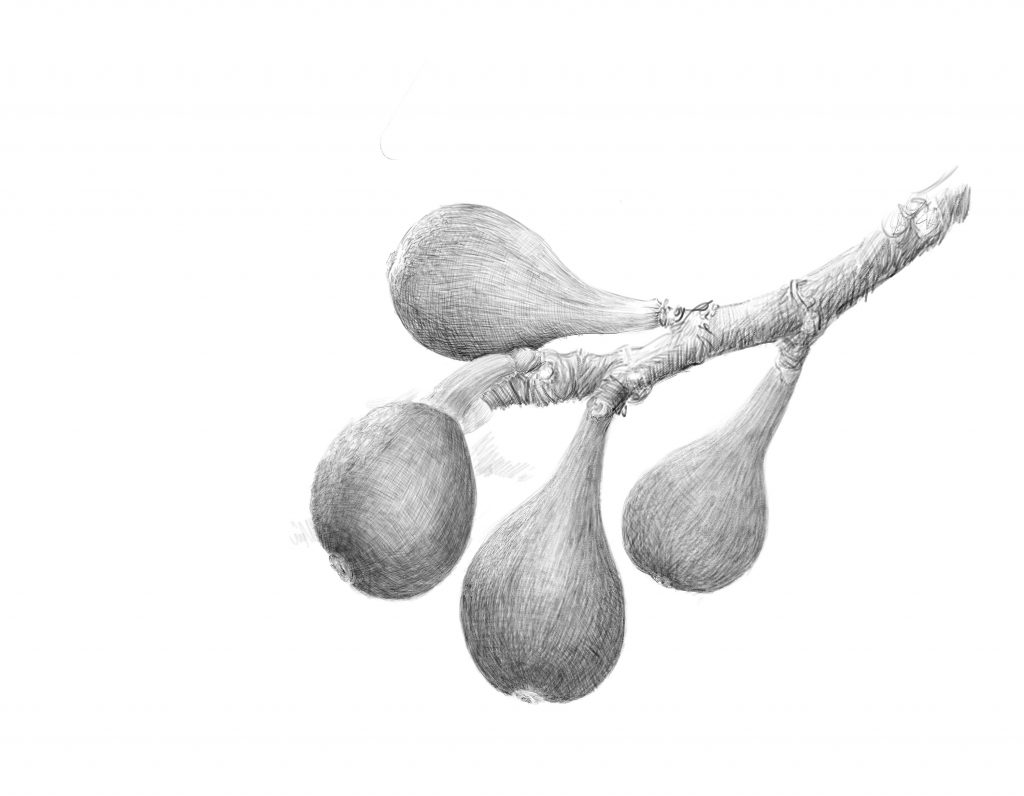
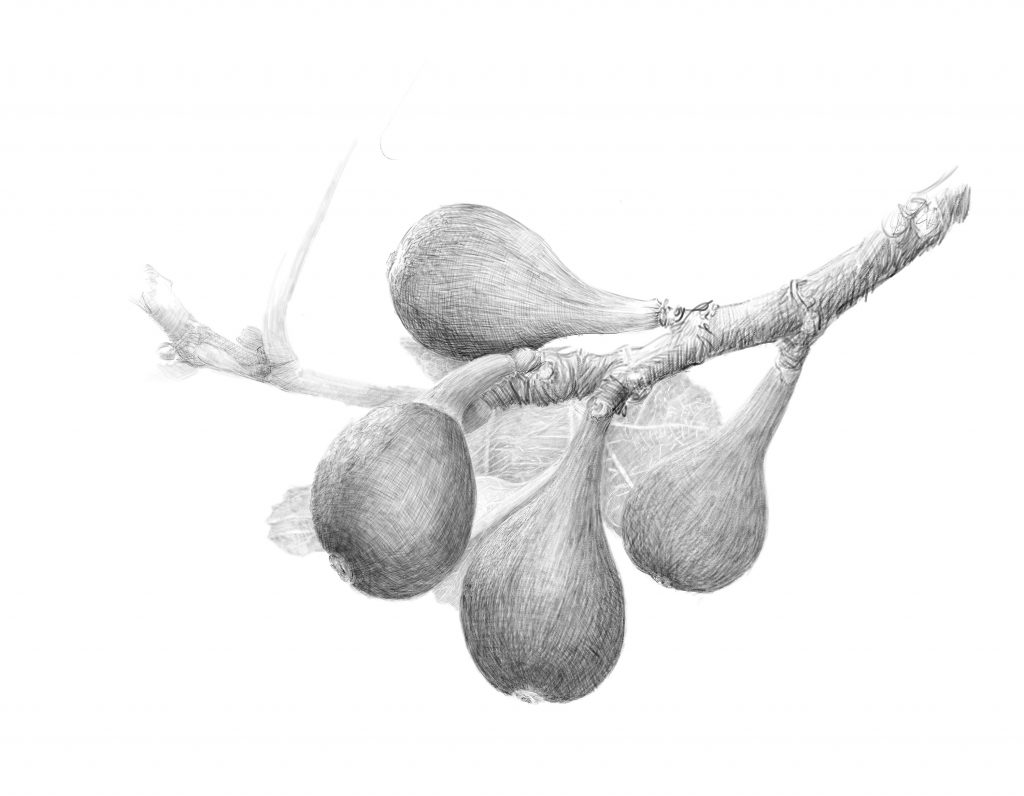

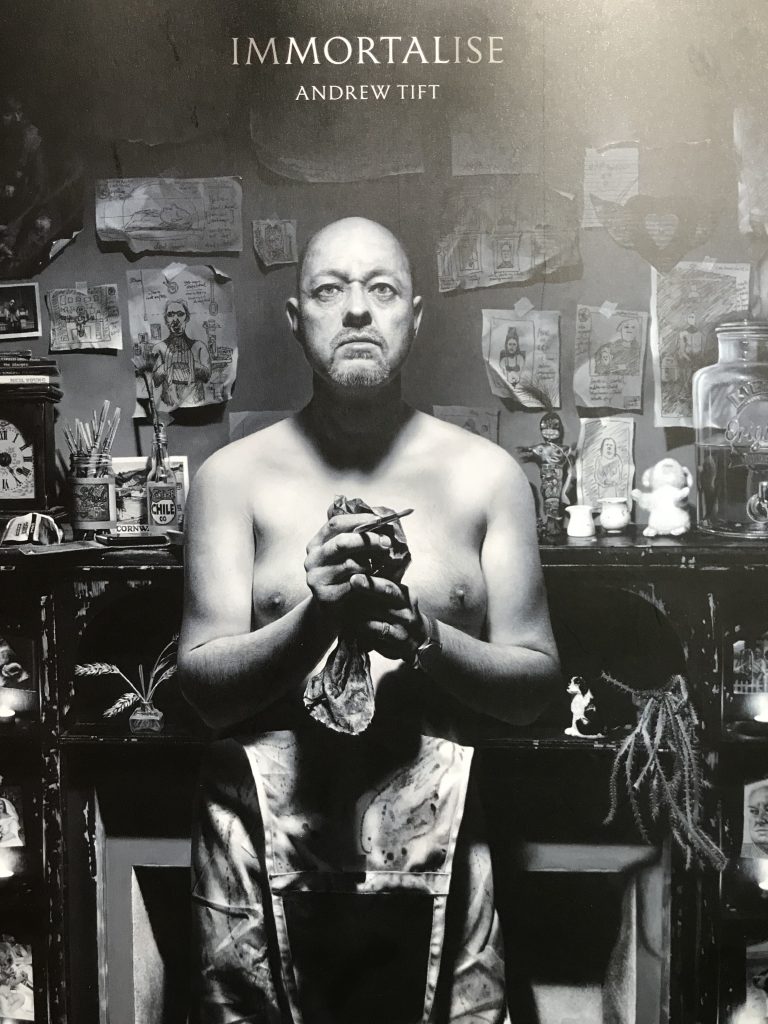
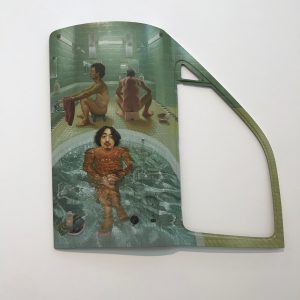 He focused on the cradle to grave work ethic in the Japanese car manufacturing industry, initially in Sunderland and shortly afterwards in Tokyo. He documented the car workers and their families. The painting in itself feels like a document of the men’s culture outside the work space. It feels like we are being offered the opportunity to share in the artist’s ‘look into’ a moment. Like much of Andrew Tift’s work the portraits are celebrations of his subjects, but also a document of their lives.
He focused on the cradle to grave work ethic in the Japanese car manufacturing industry, initially in Sunderland and shortly afterwards in Tokyo. He documented the car workers and their families. The painting in itself feels like a document of the men’s culture outside the work space. It feels like we are being offered the opportunity to share in the artist’s ‘look into’ a moment. Like much of Andrew Tift’s work the portraits are celebrations of his subjects, but also a document of their lives.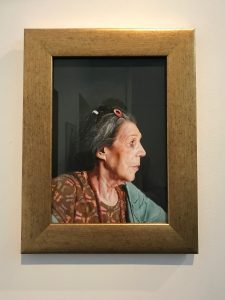 He arranged to visit Kitty in her home in Suffolk to make a triptych of black and white portraits which became a BP Portrait prize winner. He also embarked on a single portrait of Kitty in the same pose as for Freud’s portrait over 50 years ago. Its inevitable that comparisons are made between the portraits and how Kitty’s face reflected her life then and now. Andrew’s portrait is not a homage, it is his interpretation and reflection of the woman he met which feels deep and full of admiration of her life.
He arranged to visit Kitty in her home in Suffolk to make a triptych of black and white portraits which became a BP Portrait prize winner. He also embarked on a single portrait of Kitty in the same pose as for Freud’s portrait over 50 years ago. Its inevitable that comparisons are made between the portraits and how Kitty’s face reflected her life then and now. Andrew’s portrait is not a homage, it is his interpretation and reflection of the woman he met which feels deep and full of admiration of her life.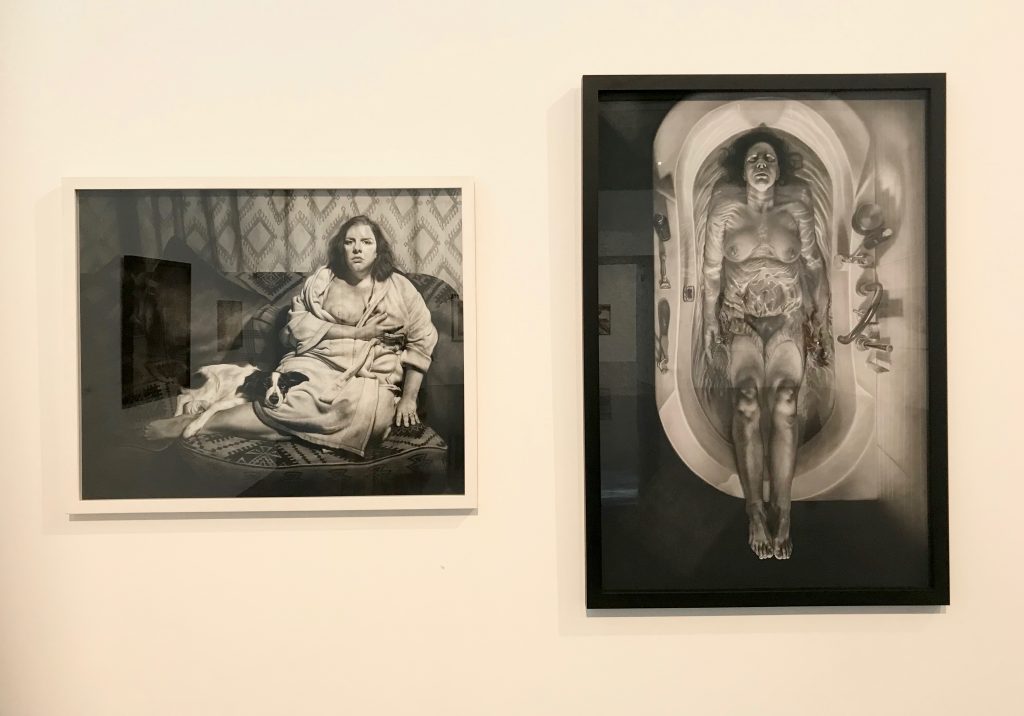
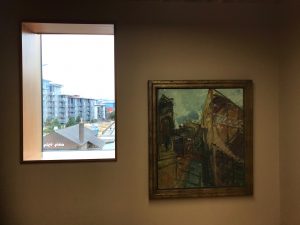






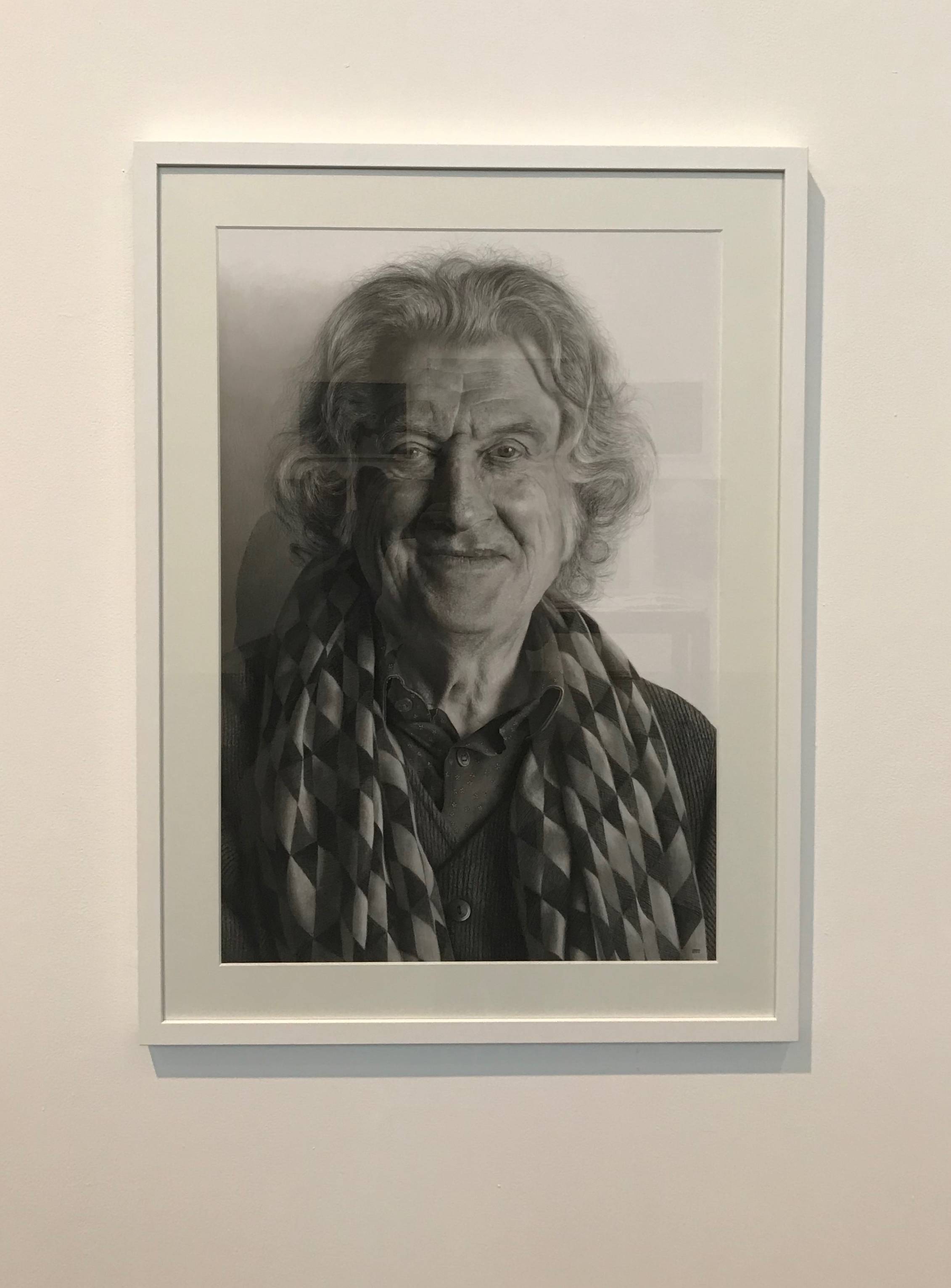


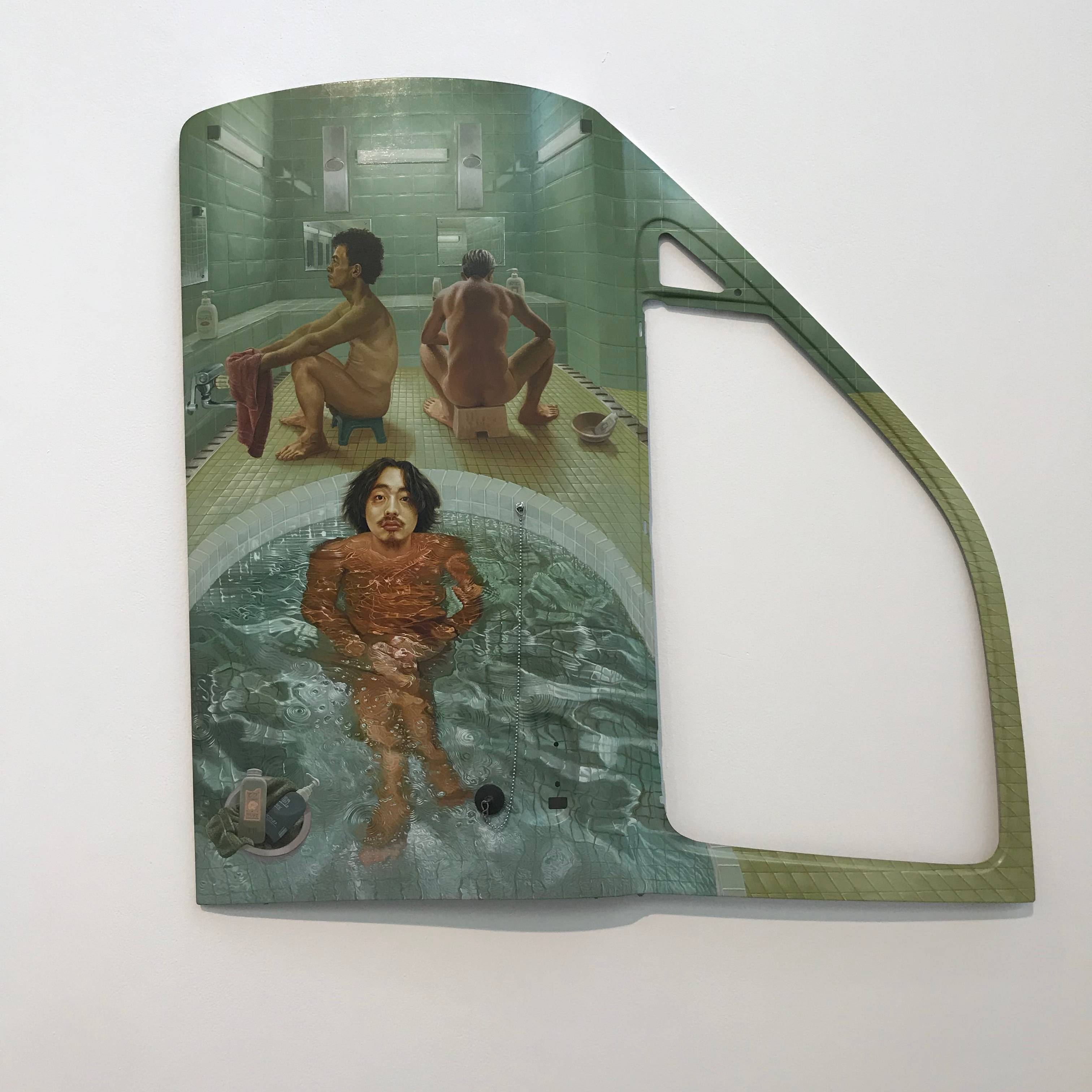


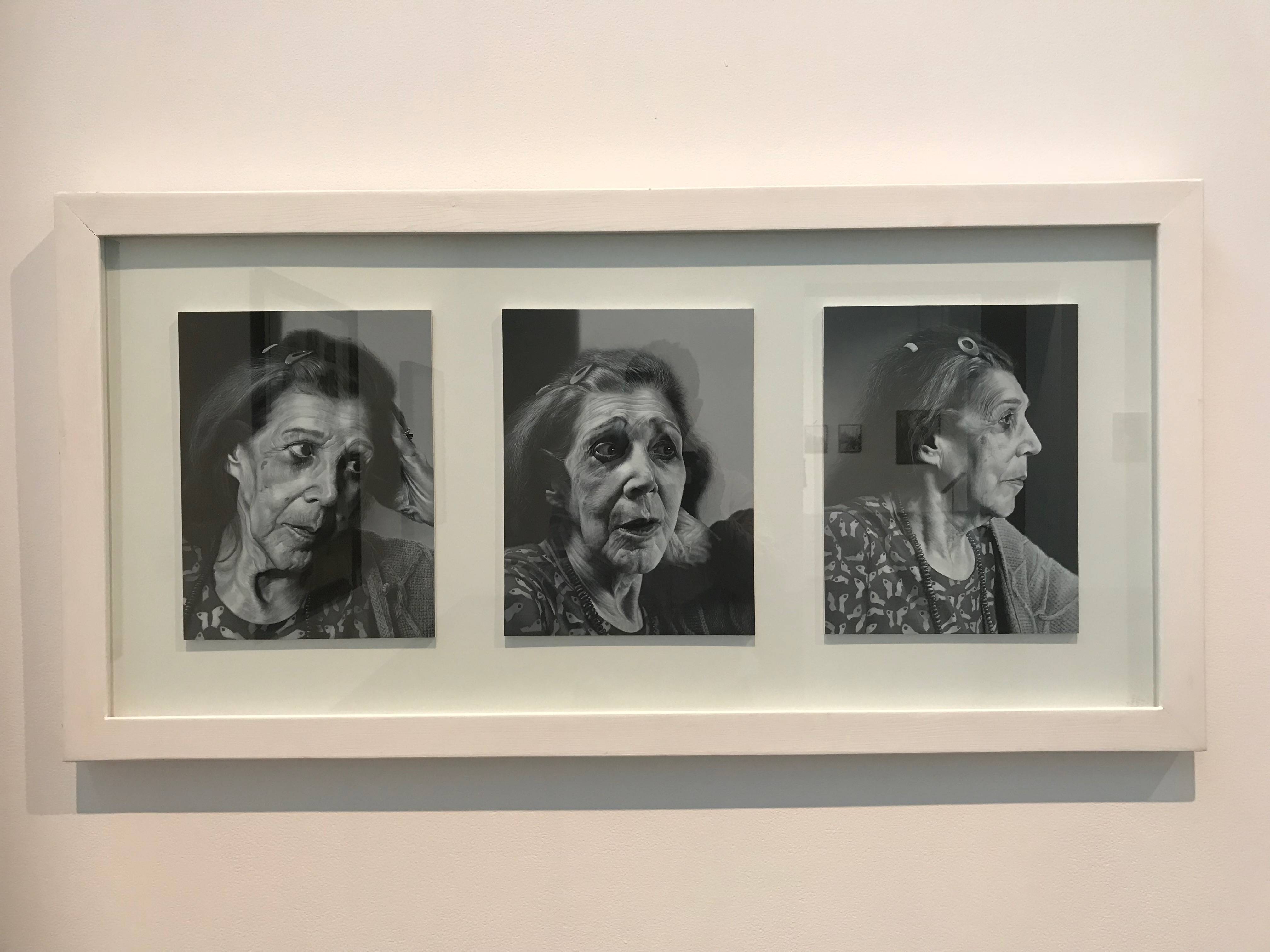
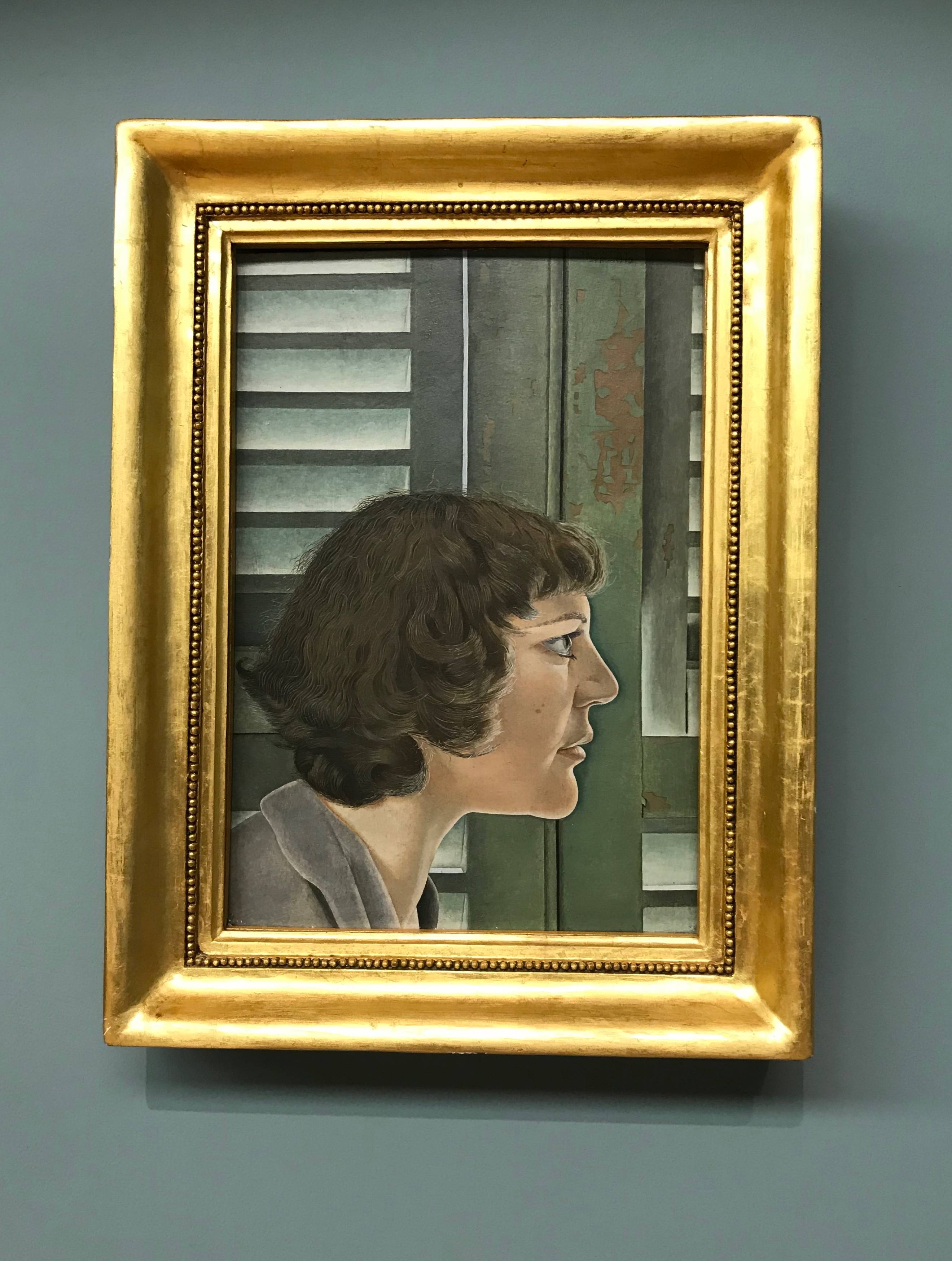
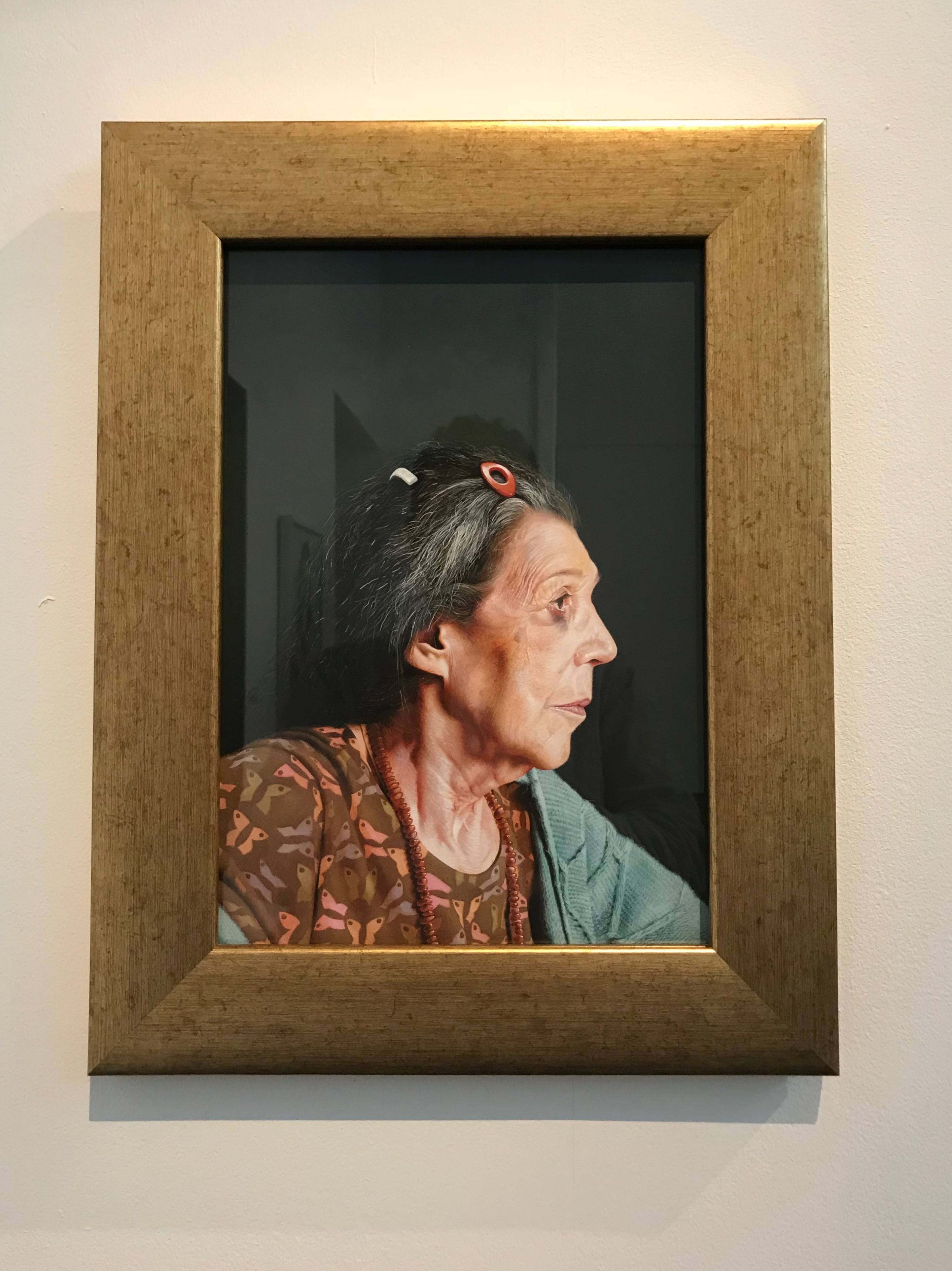
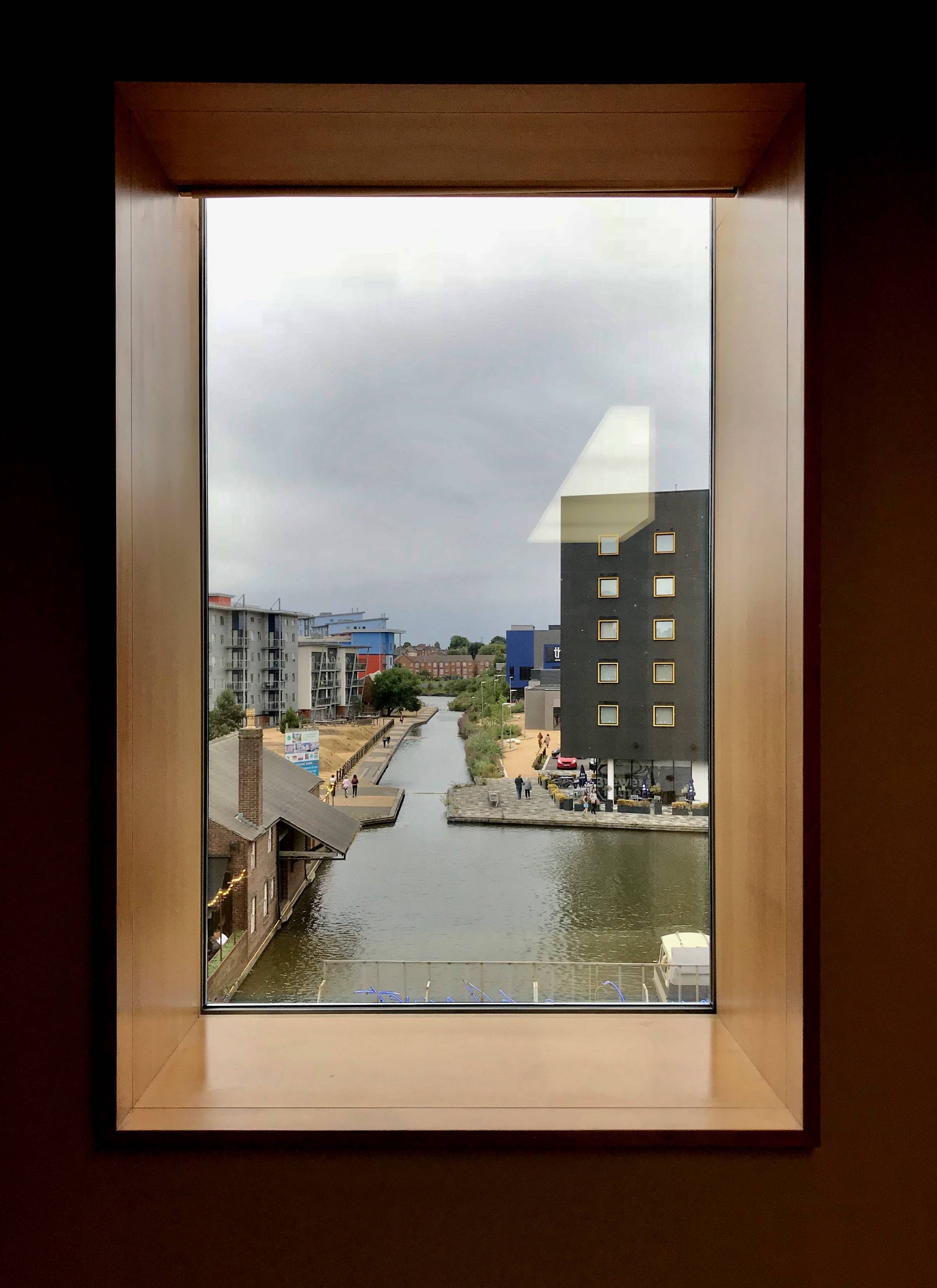
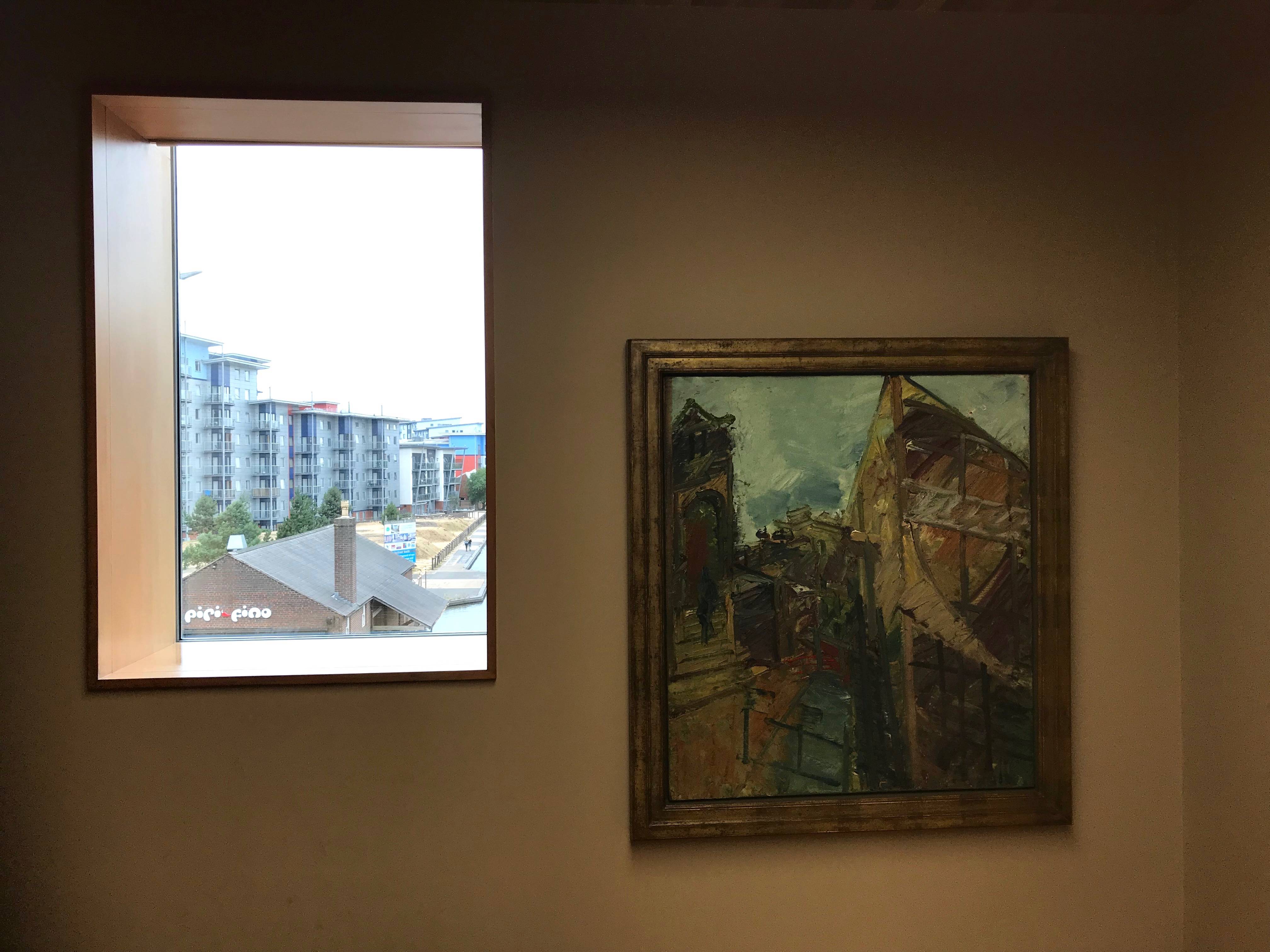

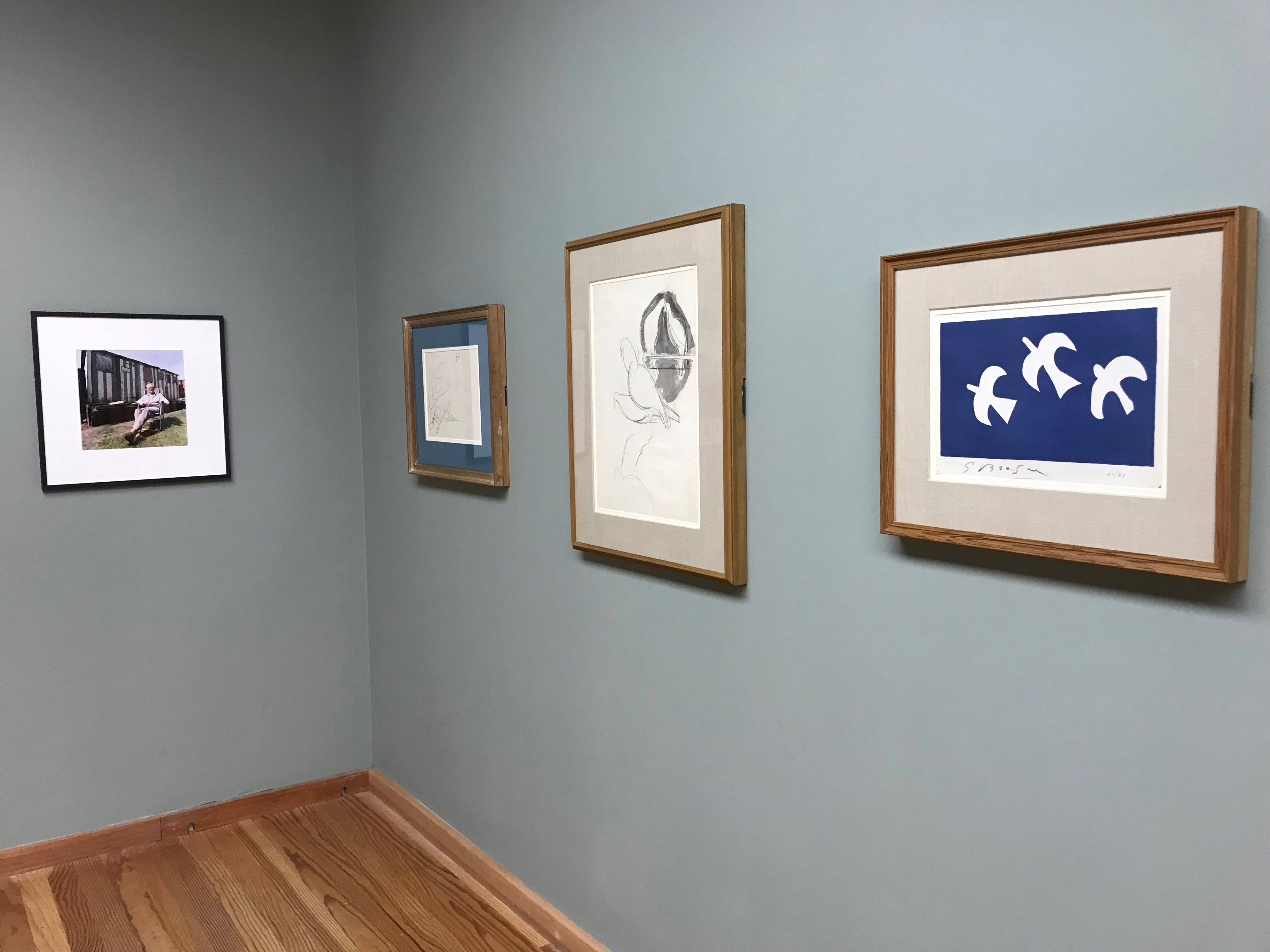
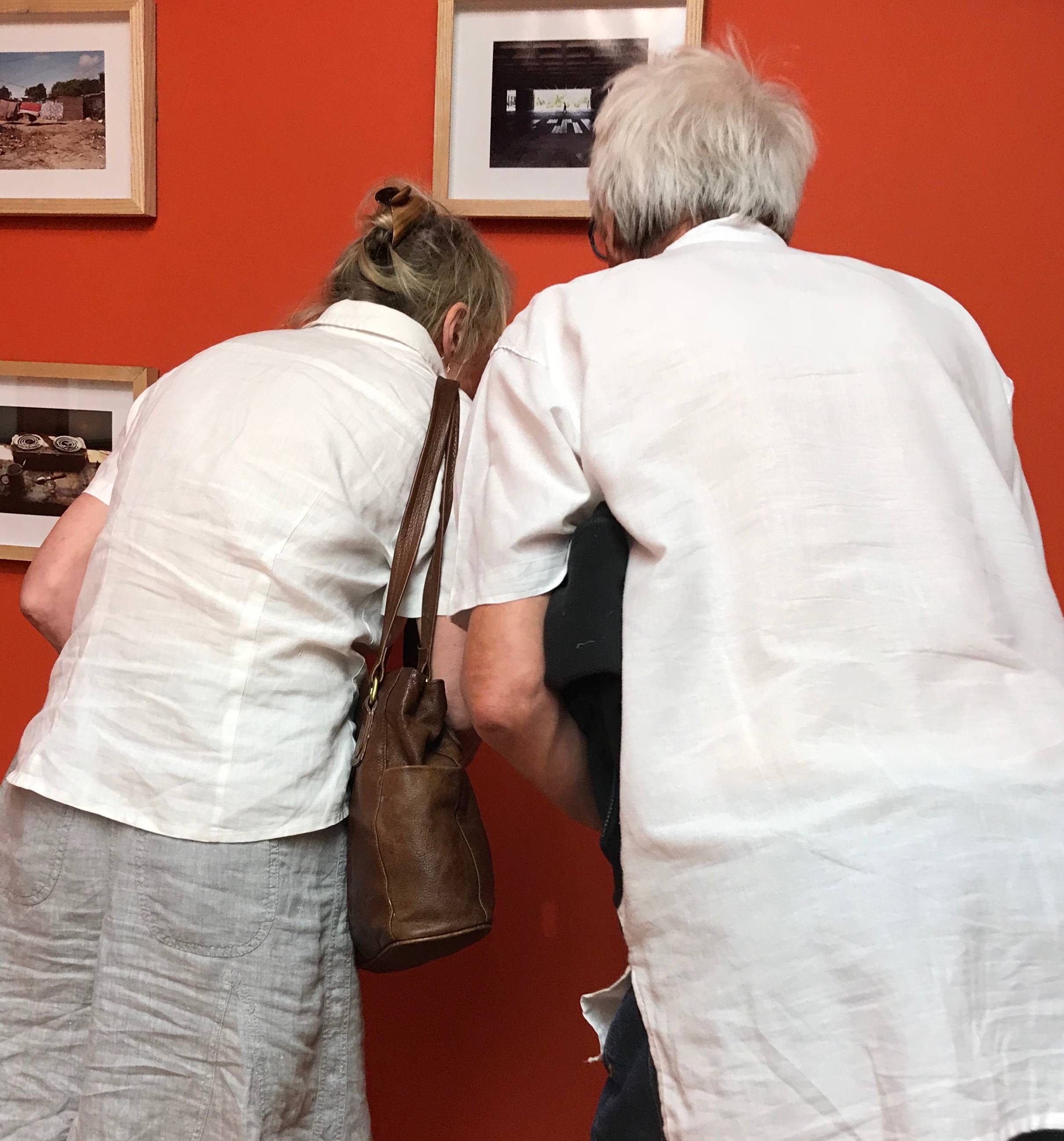

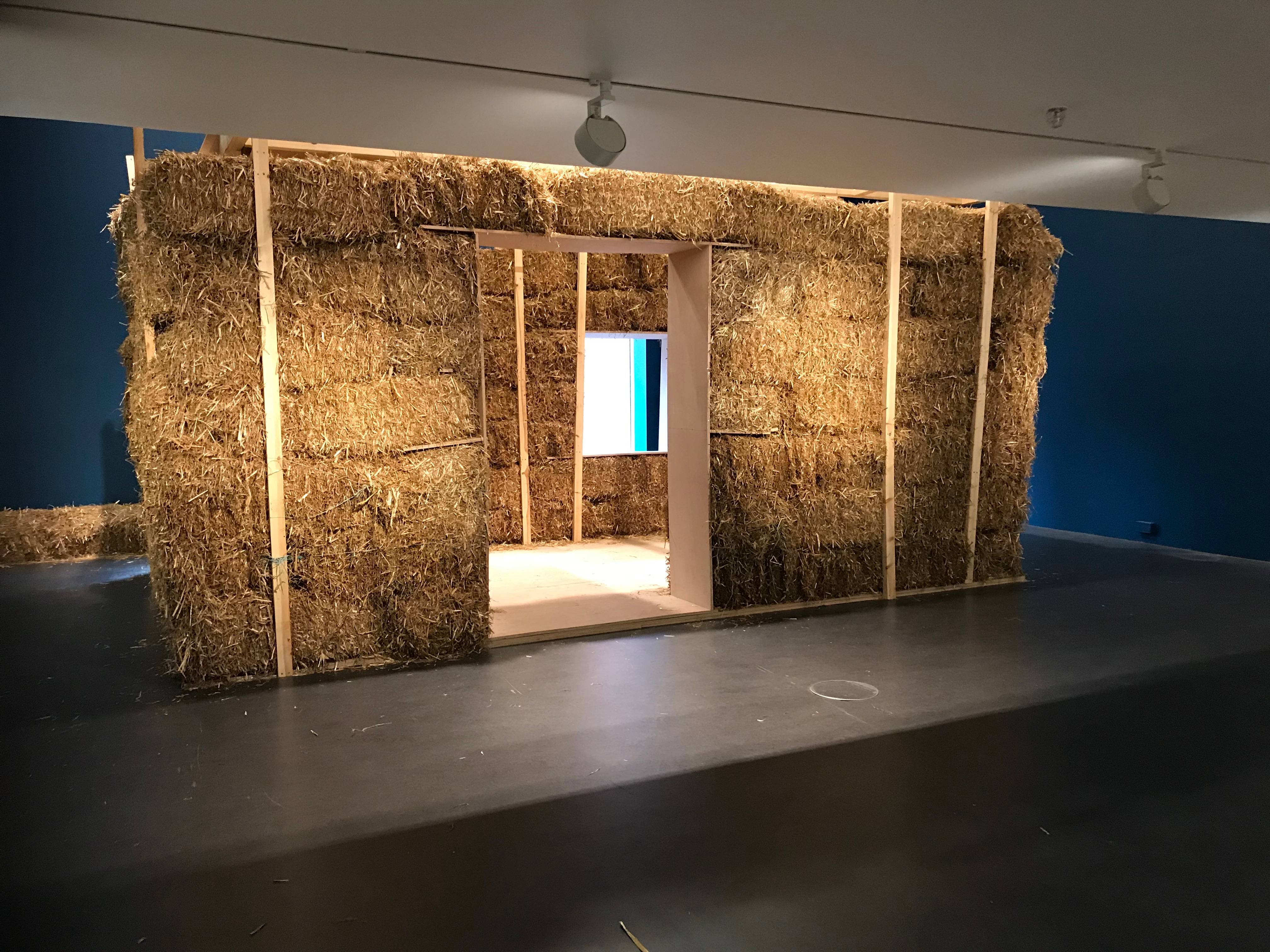
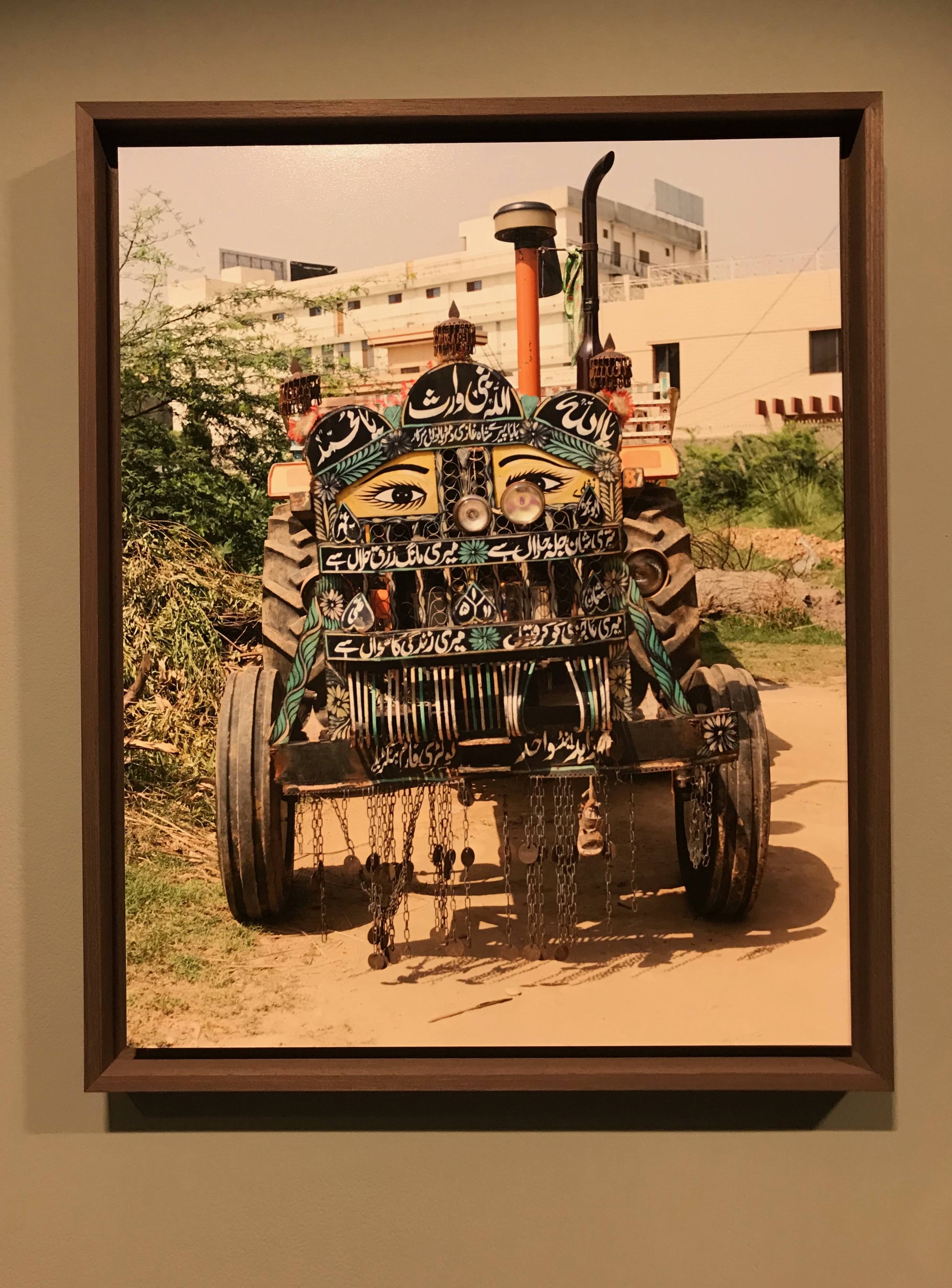

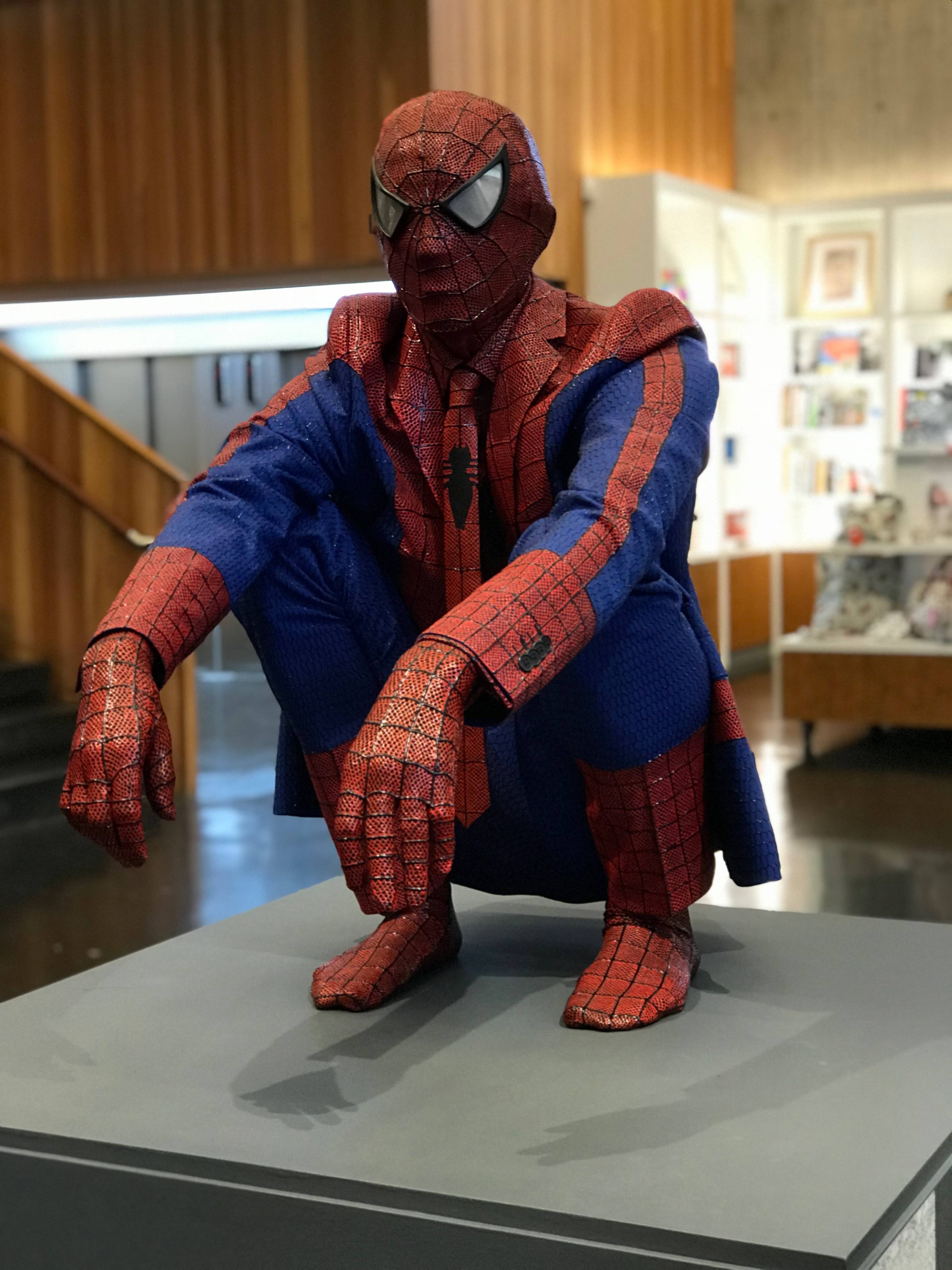
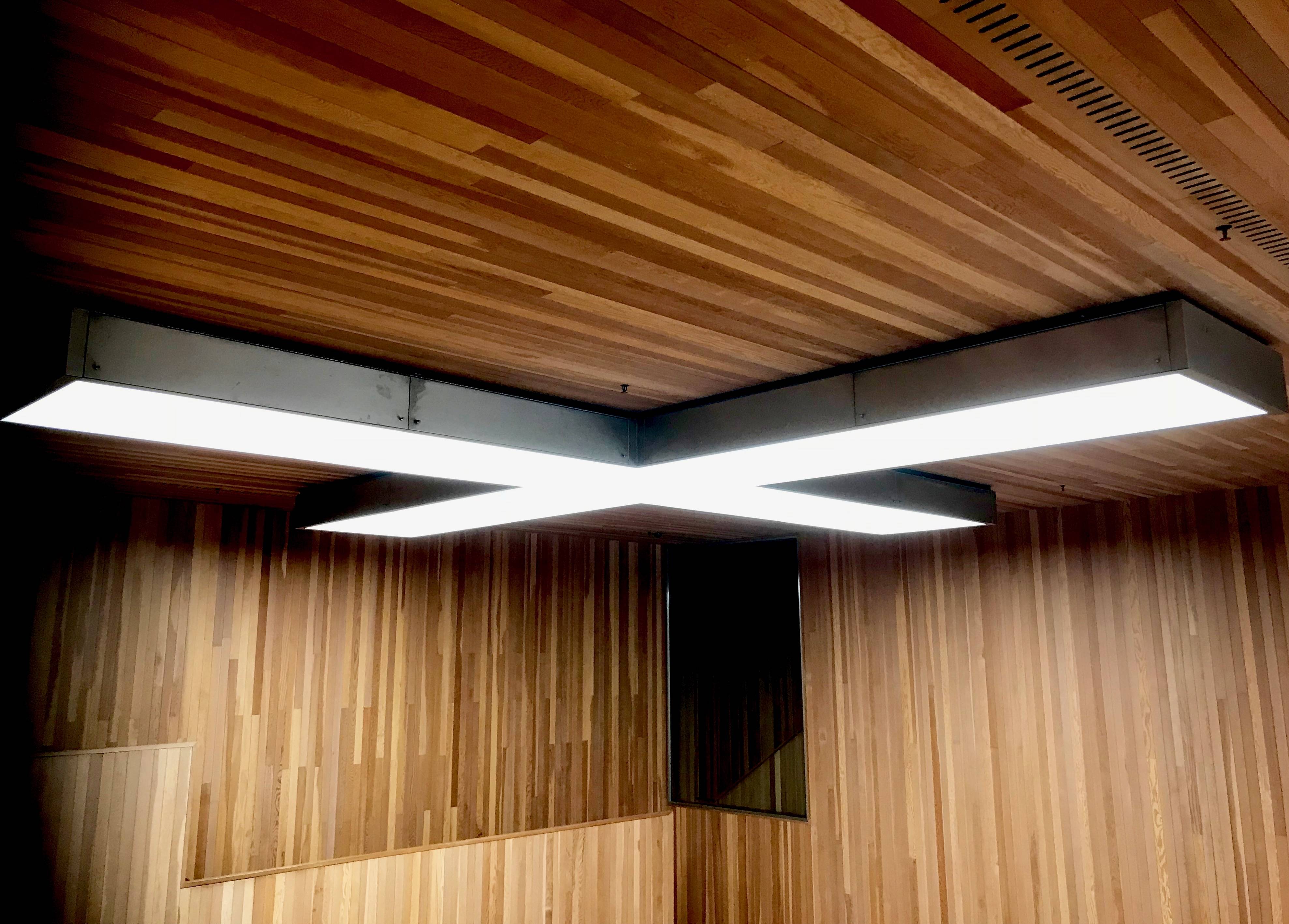
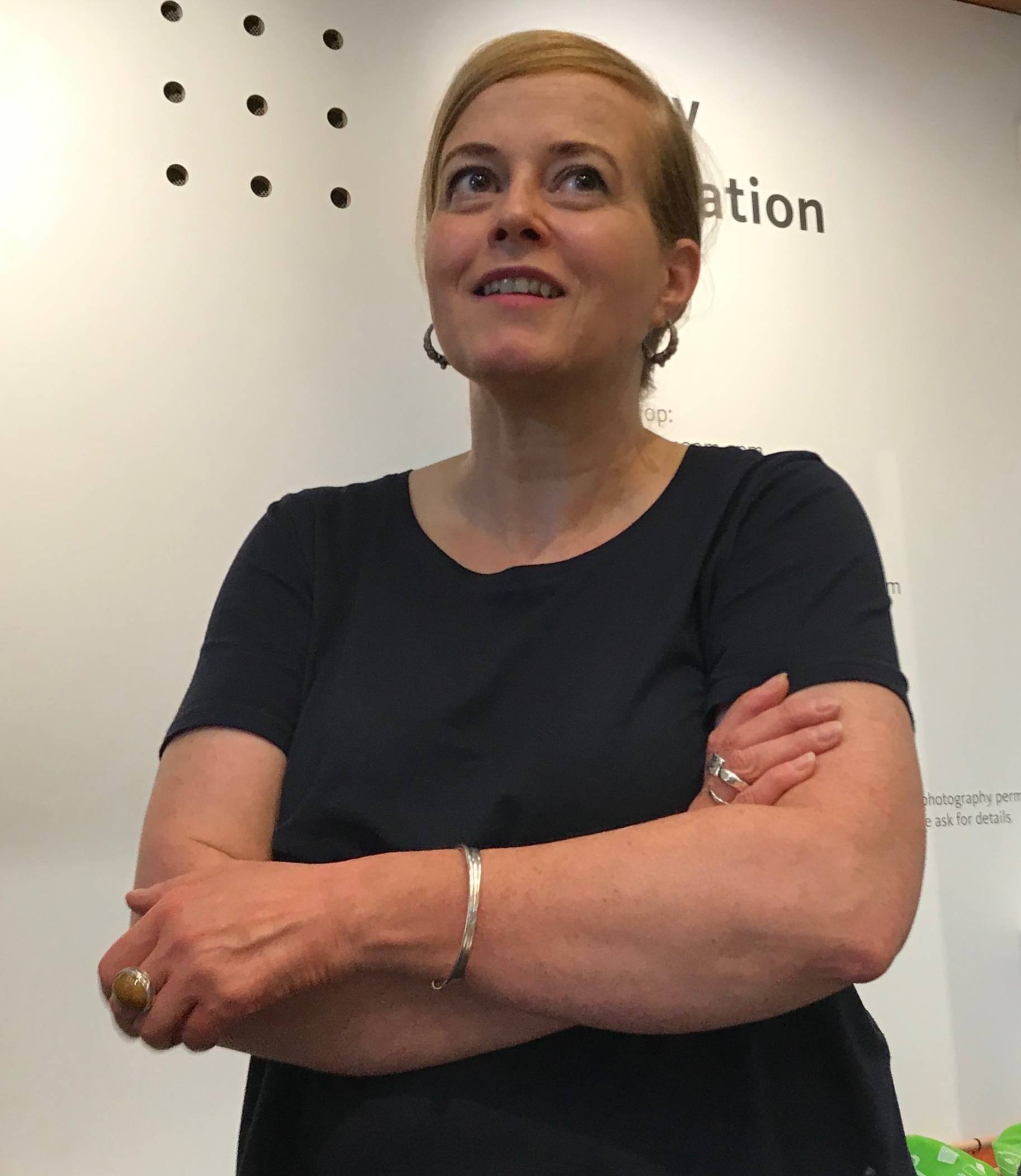
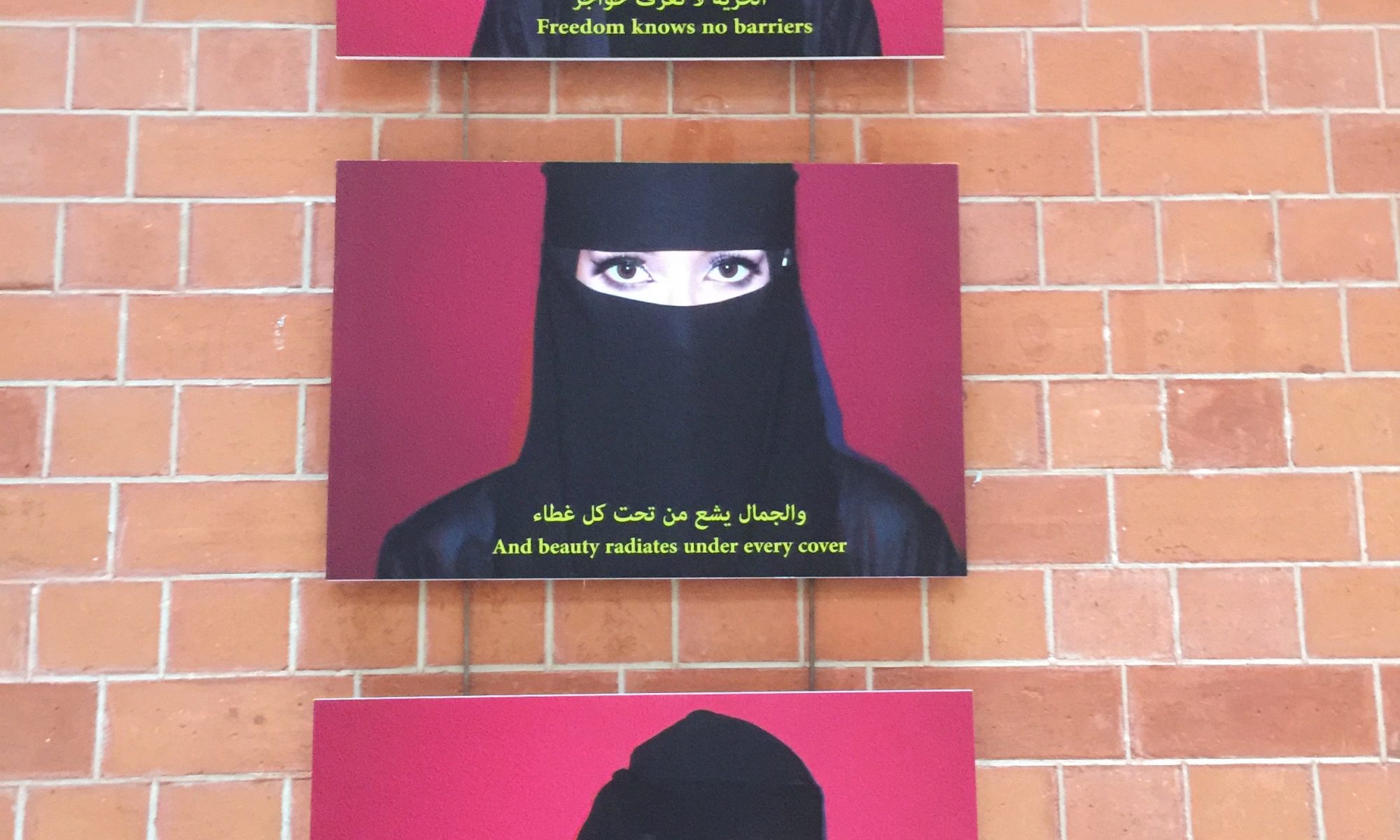

















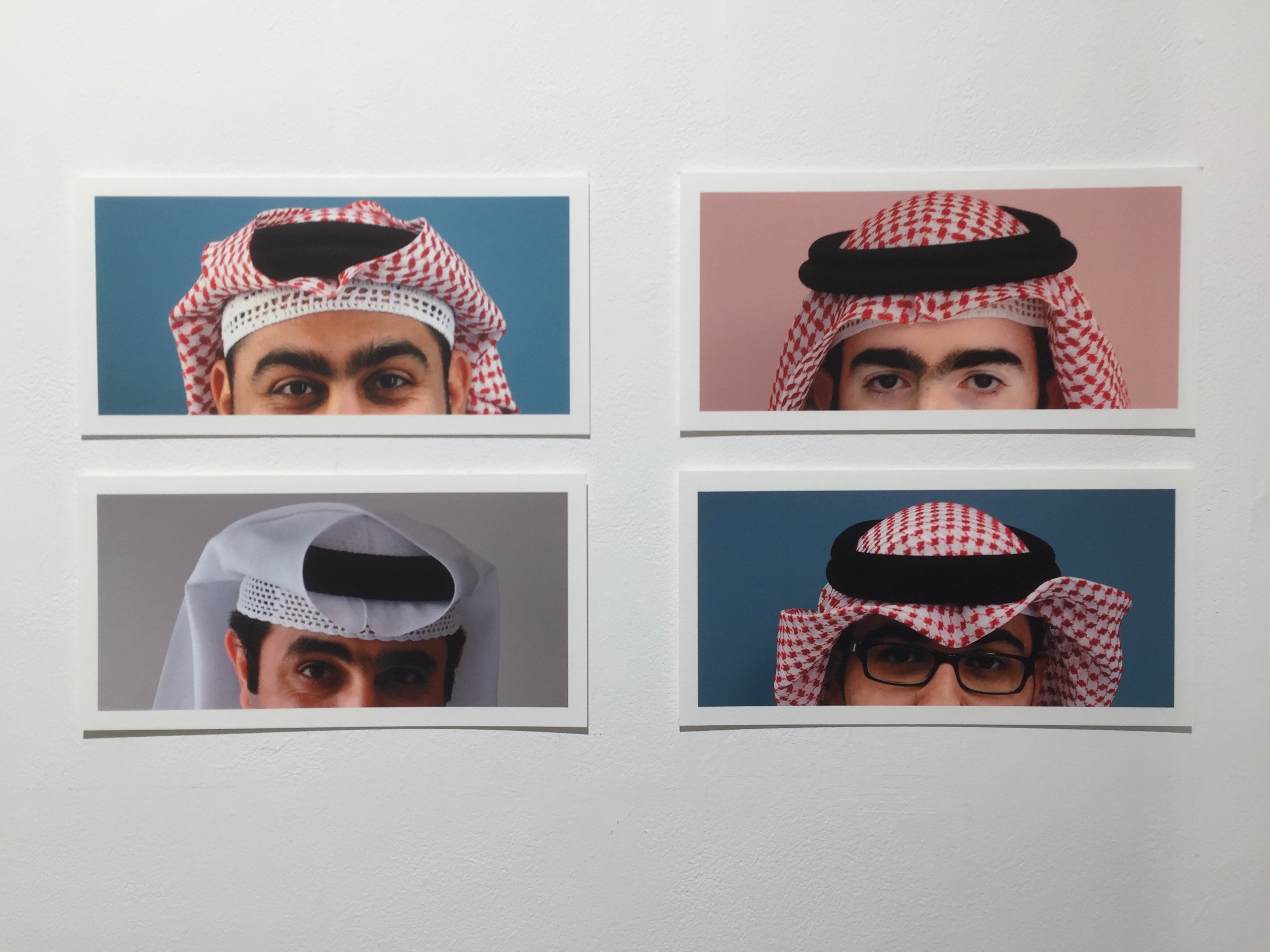

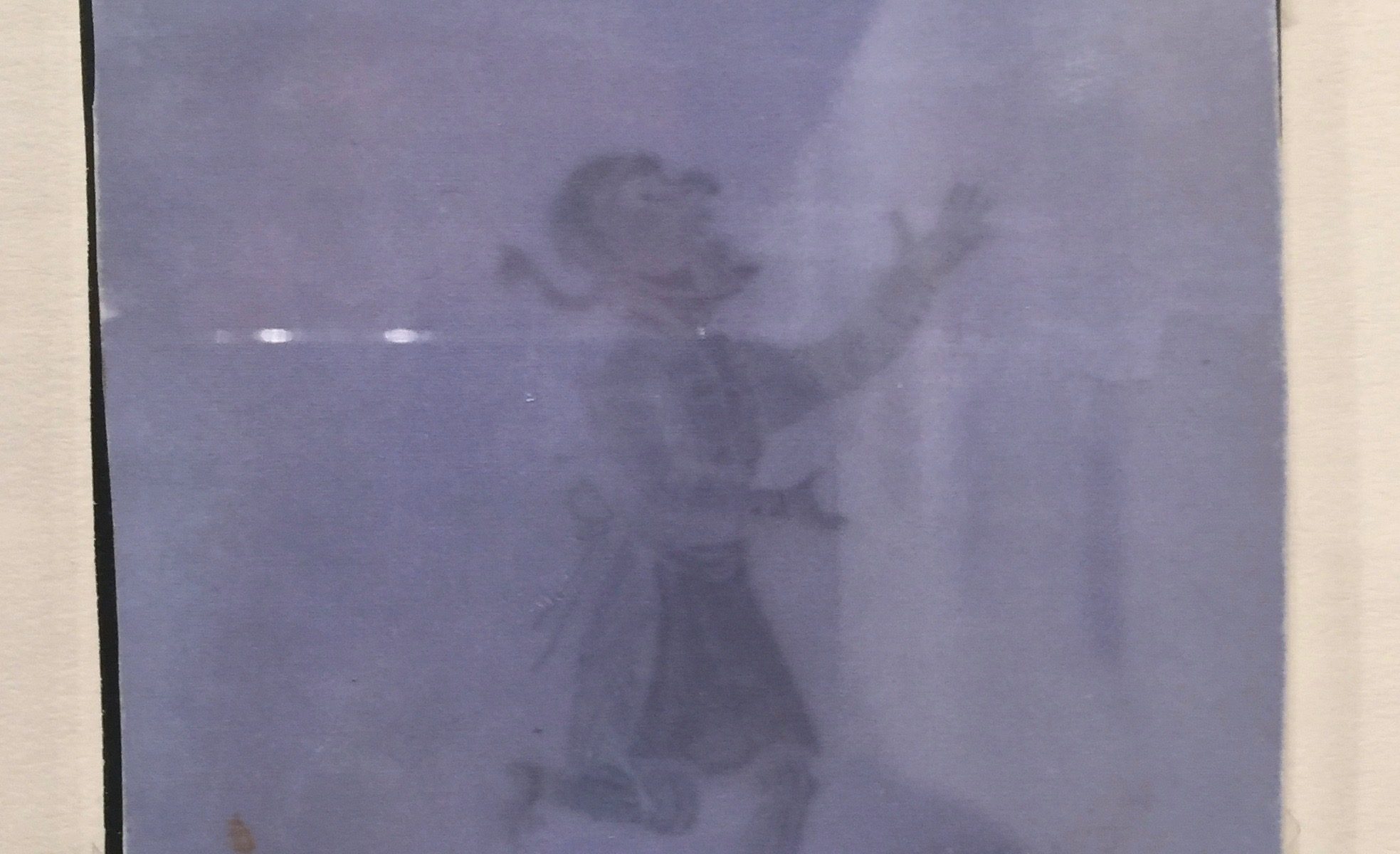
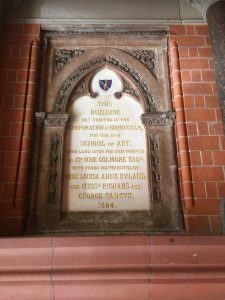 On leaving the School of Art in Birmingham’s historic city centre I noticed a plaque to my right that had escaped my notice on the many occasions I have descended the stairs down to Margaret street. The municipal history of the building is there for all to see in the ornate gold stone carved type : “This Building was erected by the Corporation of Birmingham for use as a School of Art, upon land given for that purpose by Grecoe Collmore Esq with funds contributed by Miss Louisea Anne Ryland and MESSers Richard and George Tangyea 1884.”
On leaving the School of Art in Birmingham’s historic city centre I noticed a plaque to my right that had escaped my notice on the many occasions I have descended the stairs down to Margaret street. The municipal history of the building is there for all to see in the ornate gold stone carved type : “This Building was erected by the Corporation of Birmingham for use as a School of Art, upon land given for that purpose by Grecoe Collmore Esq with funds contributed by Miss Louisea Anne Ryland and MESSers Richard and George Tangyea 1884.”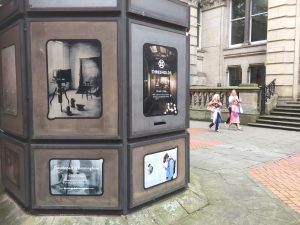 Sitting on the steps was Pete James the curator of Matt Collingshaw’s Thresholds. Pete is a mine off knowledge and information on the unique role Birmingham and its scientists and artisans played in the invention of photography. Thresholds captures the amazing moment Fox Talbot made his first Photogenic Drawings in King Edwards School. He and Matt have recreated the space he displayed his first pictures:
Sitting on the steps was Pete James the curator of Matt Collingshaw’s Thresholds. Pete is a mine off knowledge and information on the unique role Birmingham and its scientists and artisans played in the invention of photography. Thresholds captures the amazing moment Fox Talbot made his first Photogenic Drawings in King Edwards School. He and Matt have recreated the space he displayed his first pictures: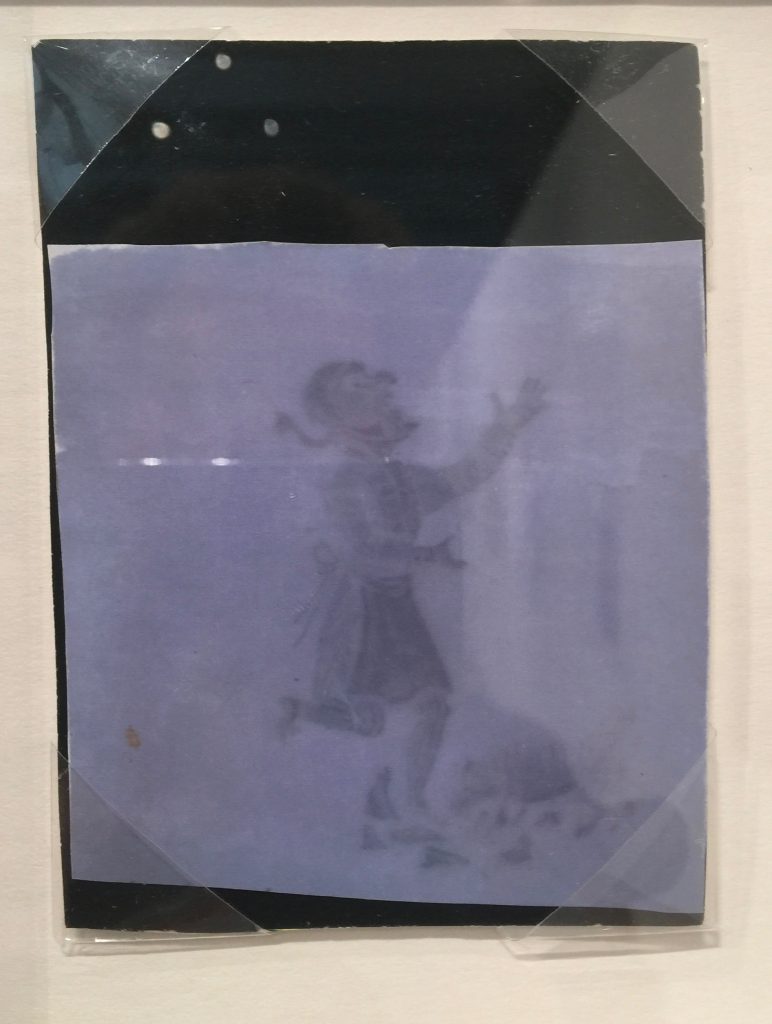

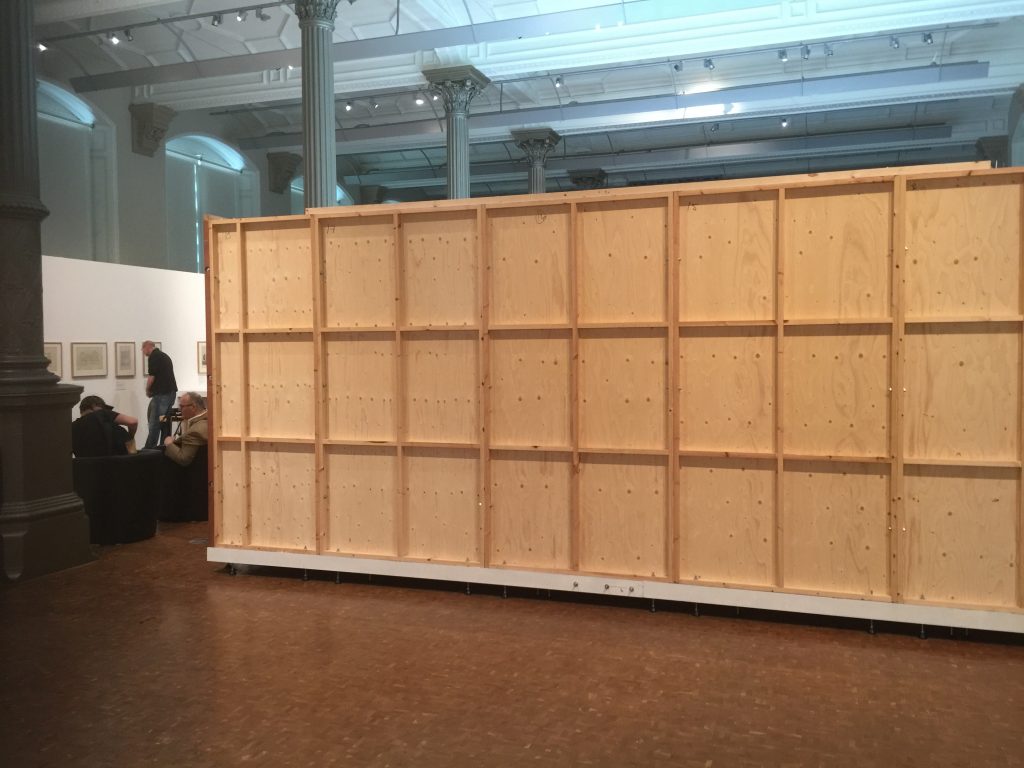
 I was kitted up with the gear by the gallery assistants and encouraged to venture into the space. I was immediately ensconced in a 1830’s room with wooden ceilings, paintings, candle chandeliers and Talbot’s first photogenic drawings. Astonishing in their lifelike quality as one moved around them. Even more surprising was the ability to see a cloudy white version of your hand hovering above a picture, which when you turn your hand towards you, appears in front of you to inspect more closely. This is virtual reality. What would Talbot have thought about this when he first showed his photogenic drawings to amazed friends, students, teachers and scientists? How image making has developed in 200 years, from Birmingham New Street’s School. The school was demolished in the mid 1800’s and rebuilt as King Edwards opposite another gallery the Barber Institute.
I was kitted up with the gear by the gallery assistants and encouraged to venture into the space. I was immediately ensconced in a 1830’s room with wooden ceilings, paintings, candle chandeliers and Talbot’s first photogenic drawings. Astonishing in their lifelike quality as one moved around them. Even more surprising was the ability to see a cloudy white version of your hand hovering above a picture, which when you turn your hand towards you, appears in front of you to inspect more closely. This is virtual reality. What would Talbot have thought about this when he first showed his photogenic drawings to amazed friends, students, teachers and scientists? How image making has developed in 200 years, from Birmingham New Street’s School. The school was demolished in the mid 1800’s and rebuilt as King Edwards opposite another gallery the Barber Institute.

